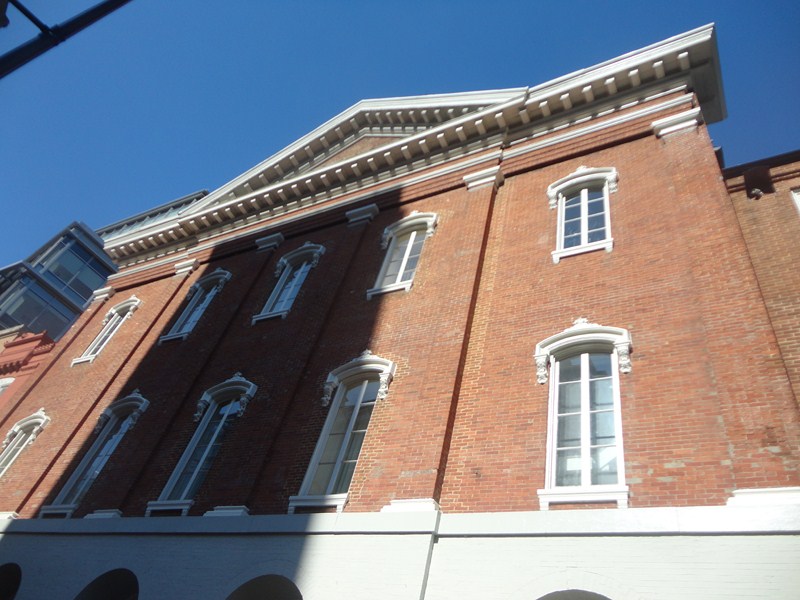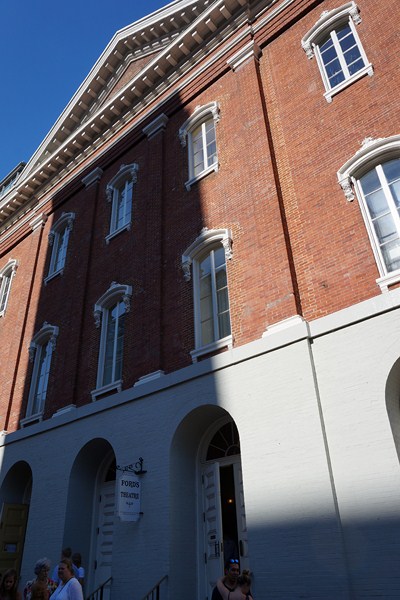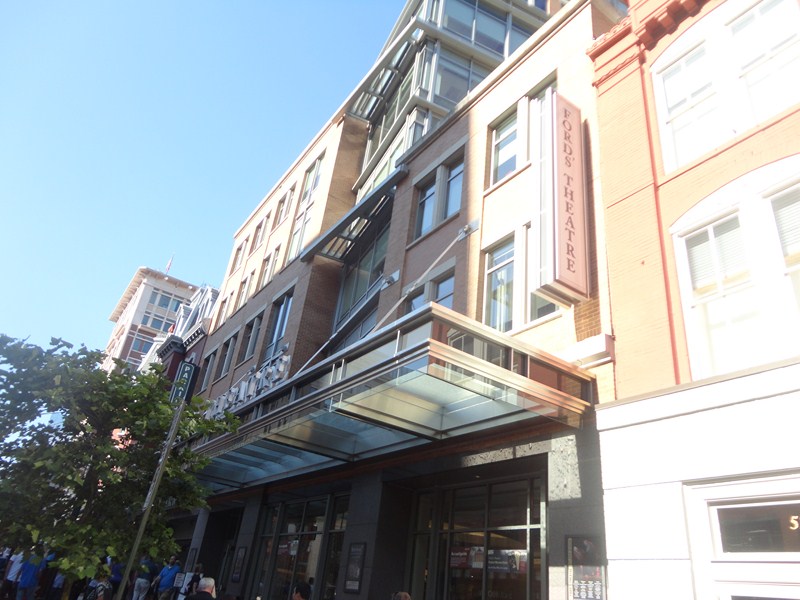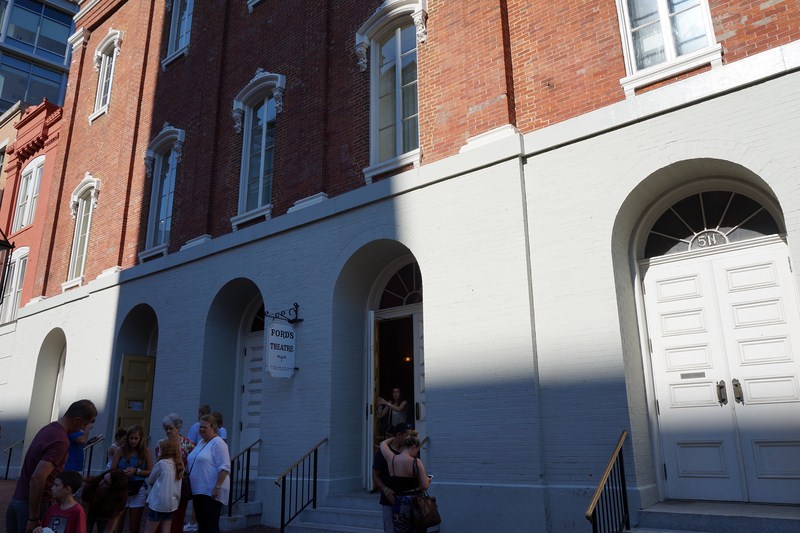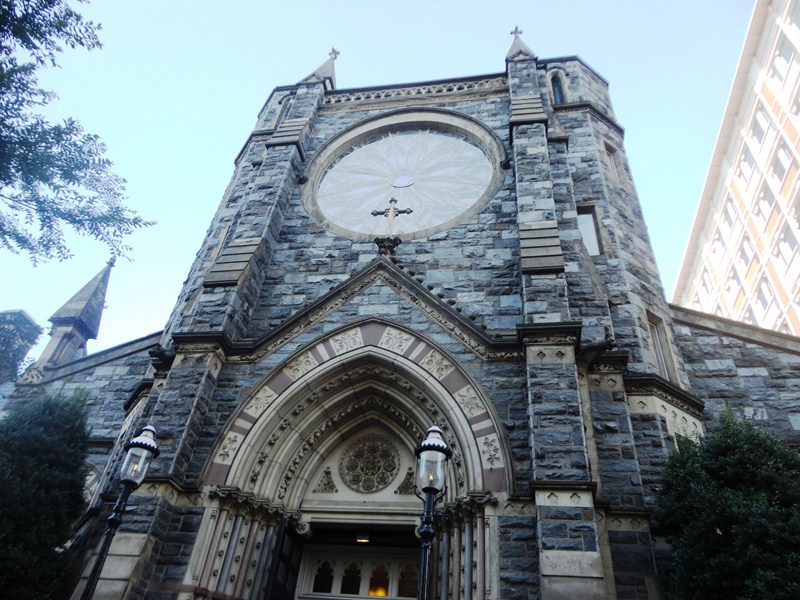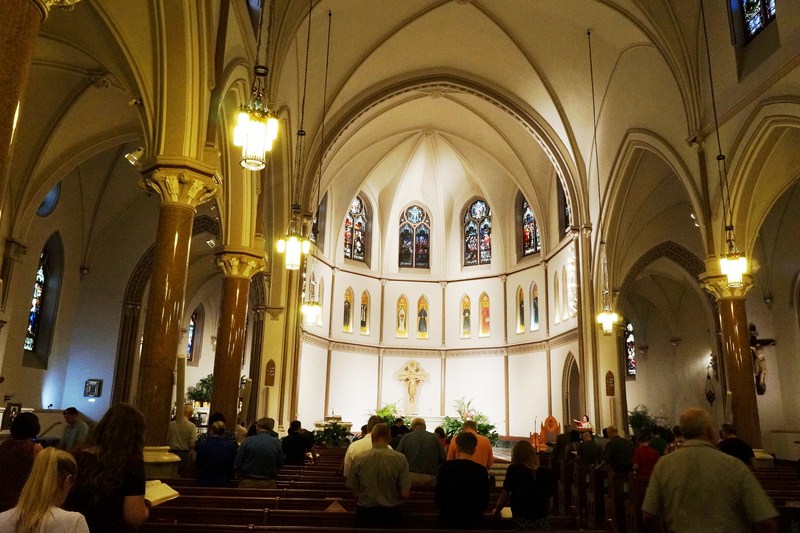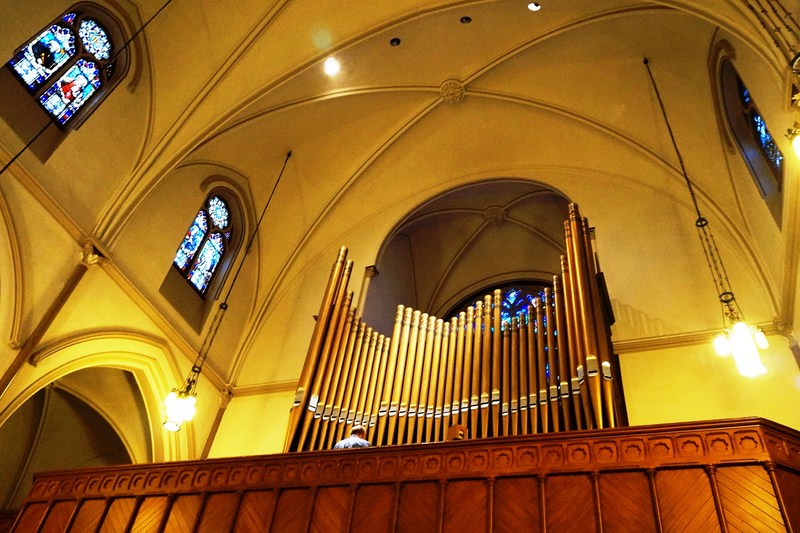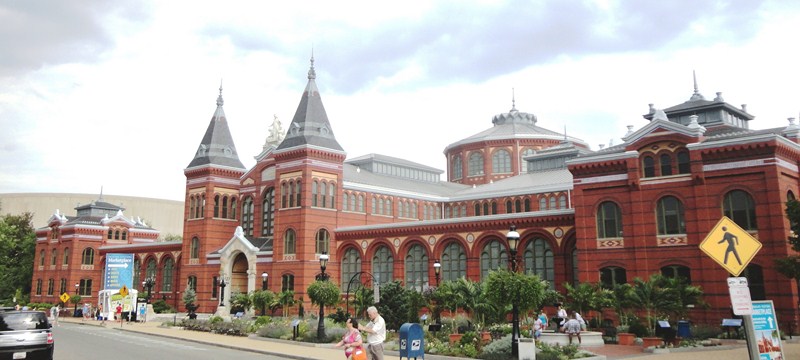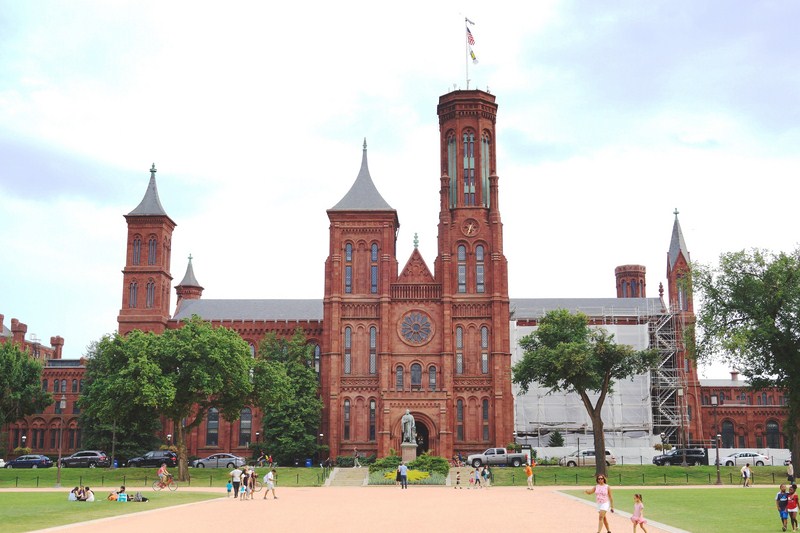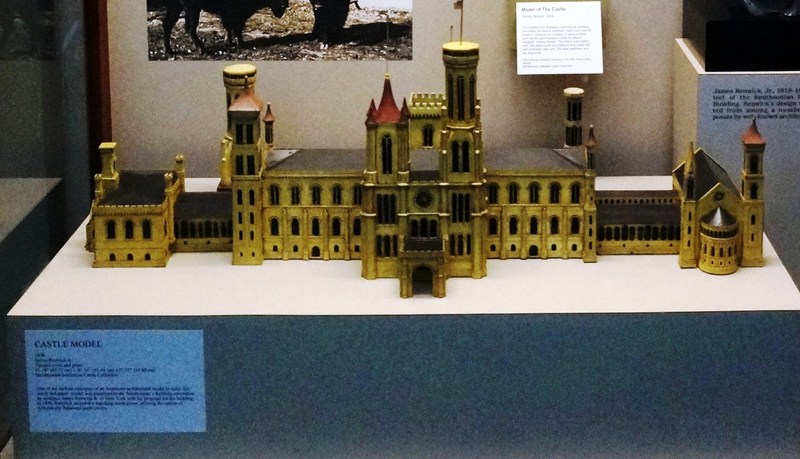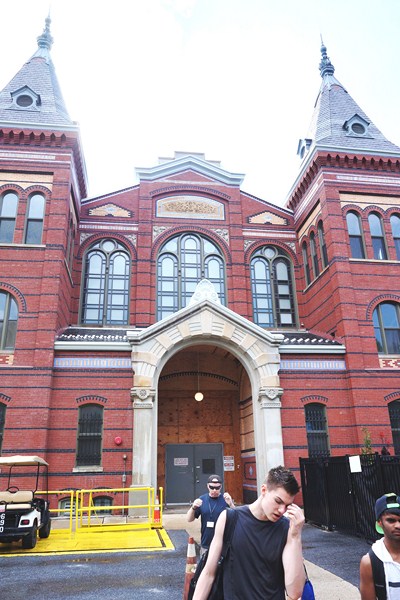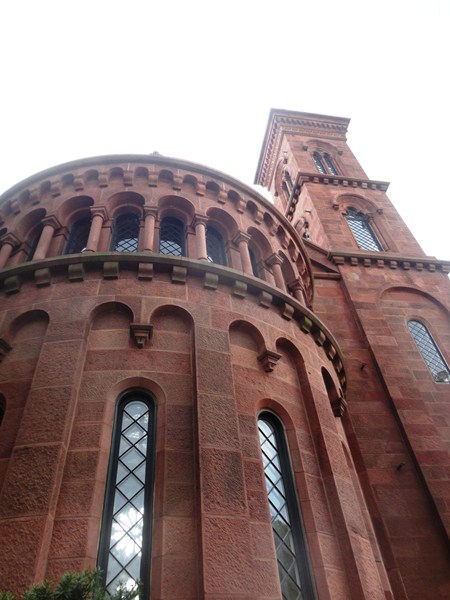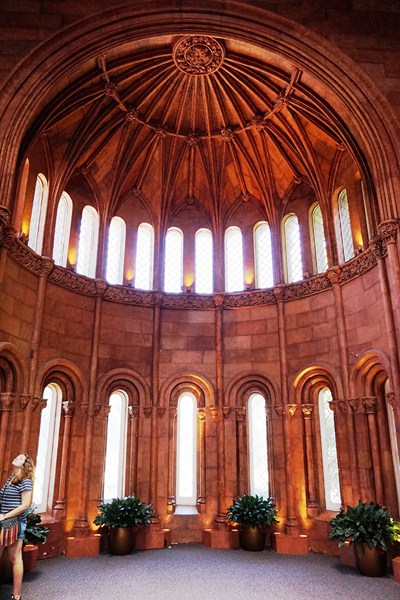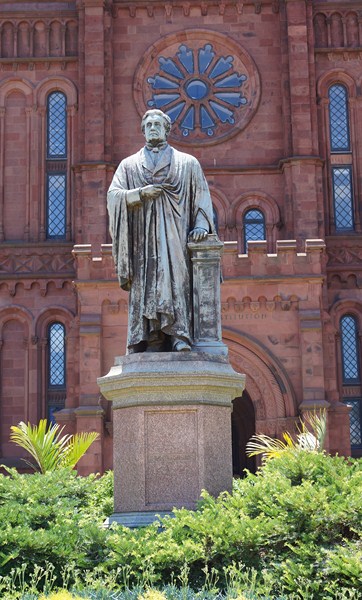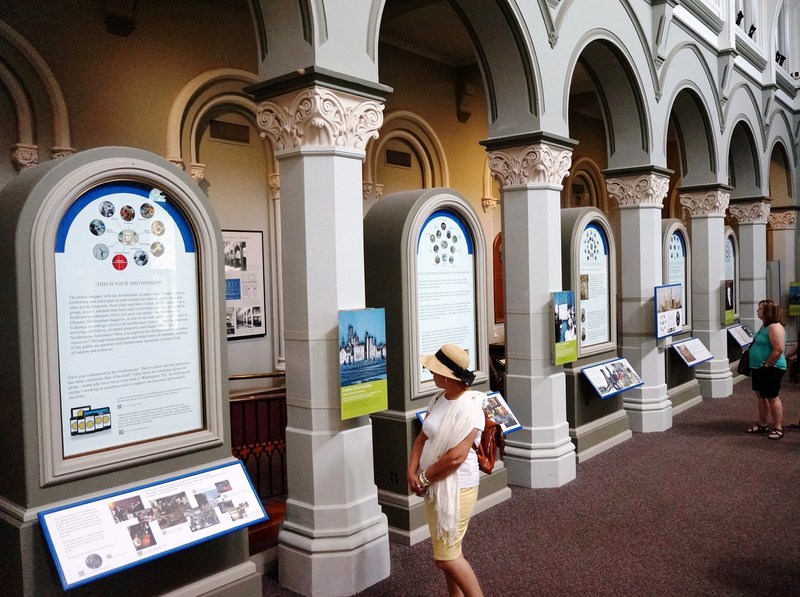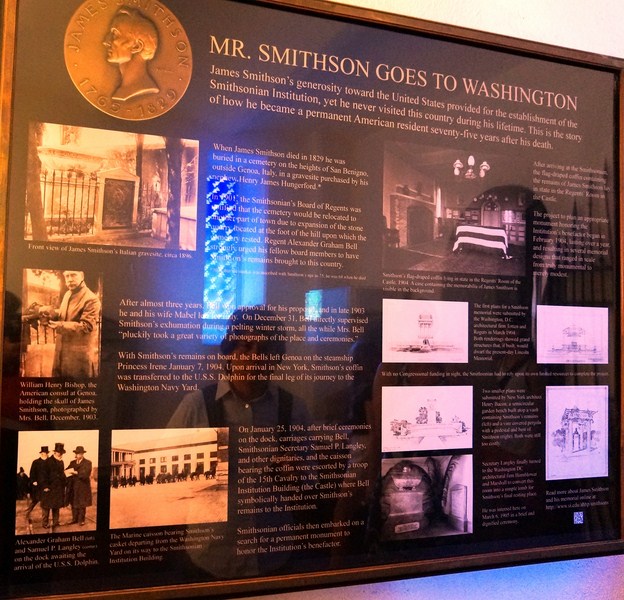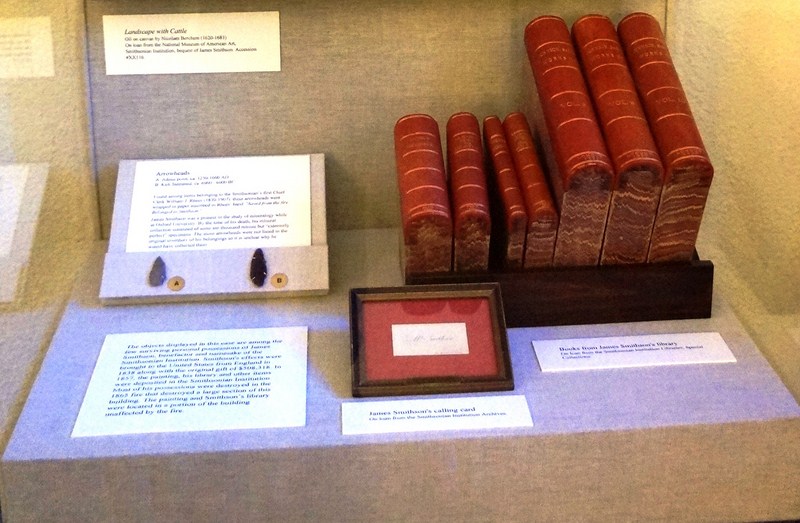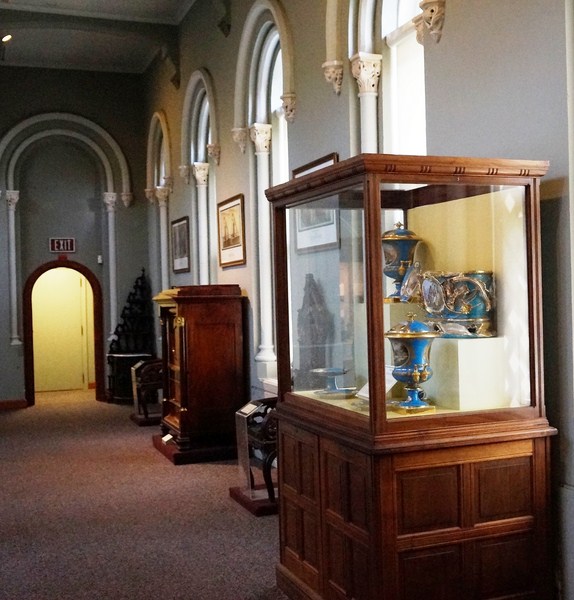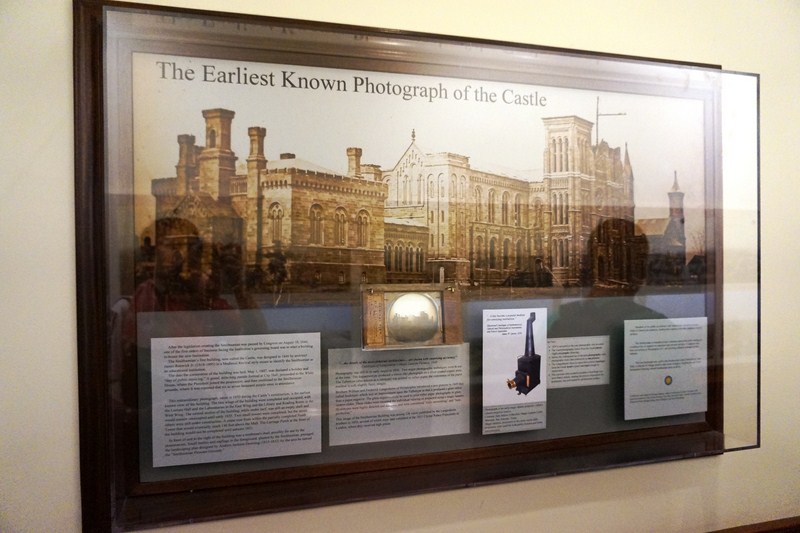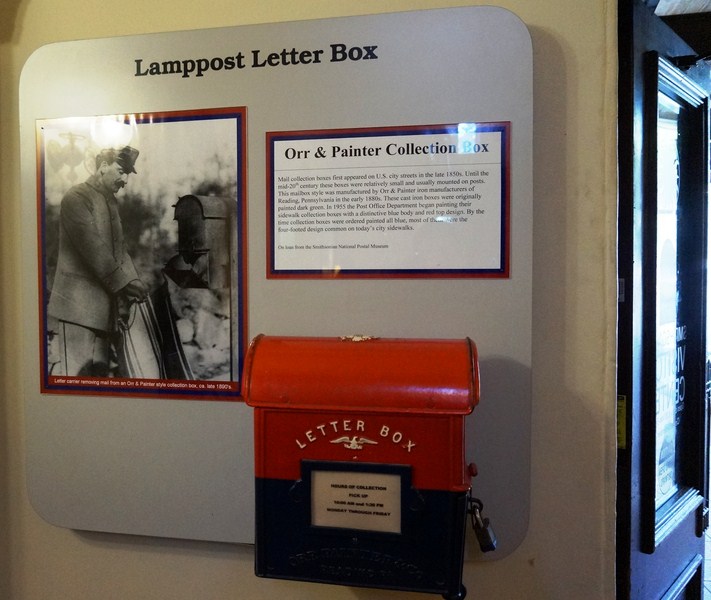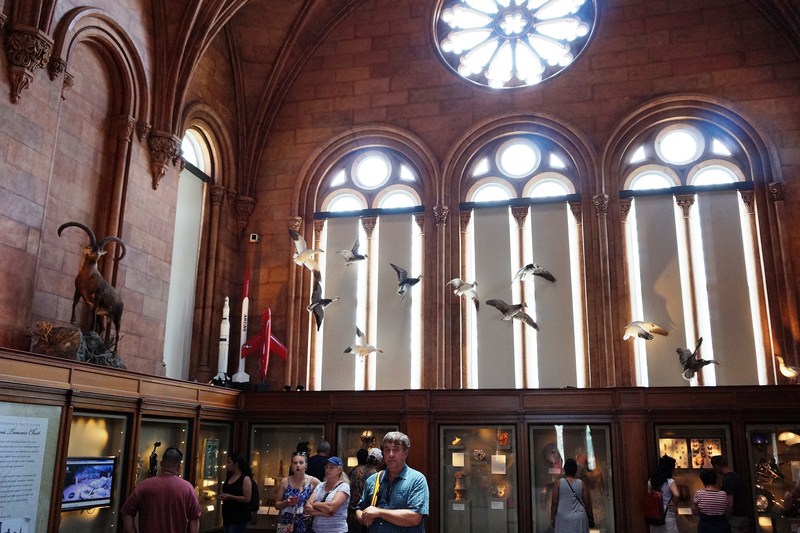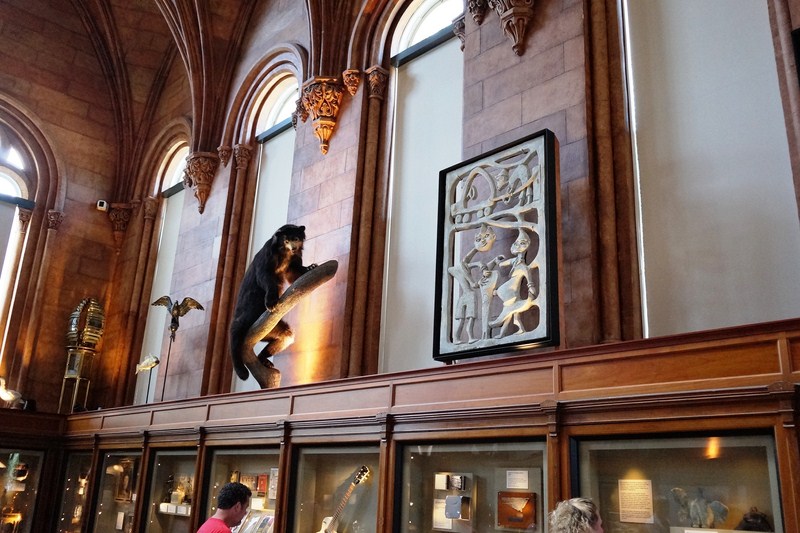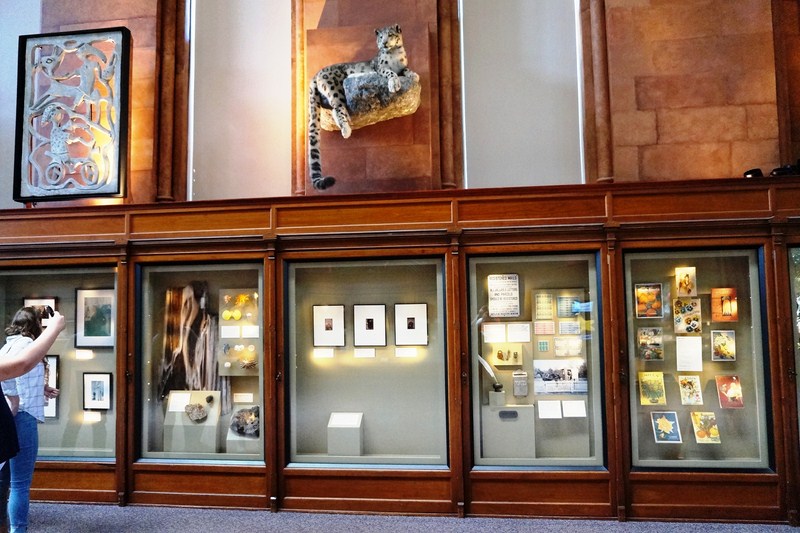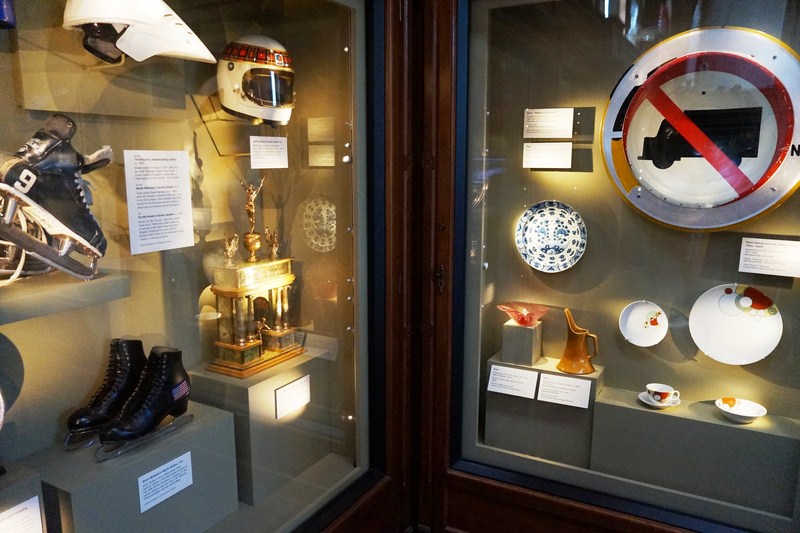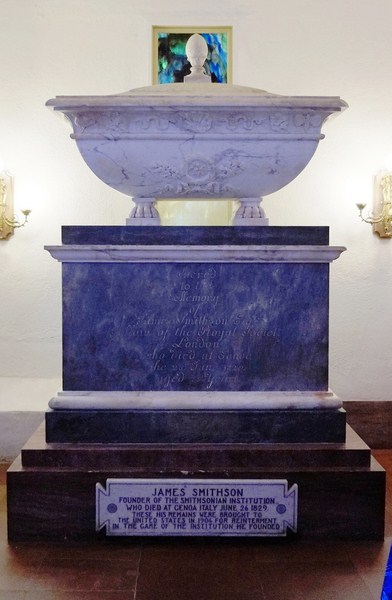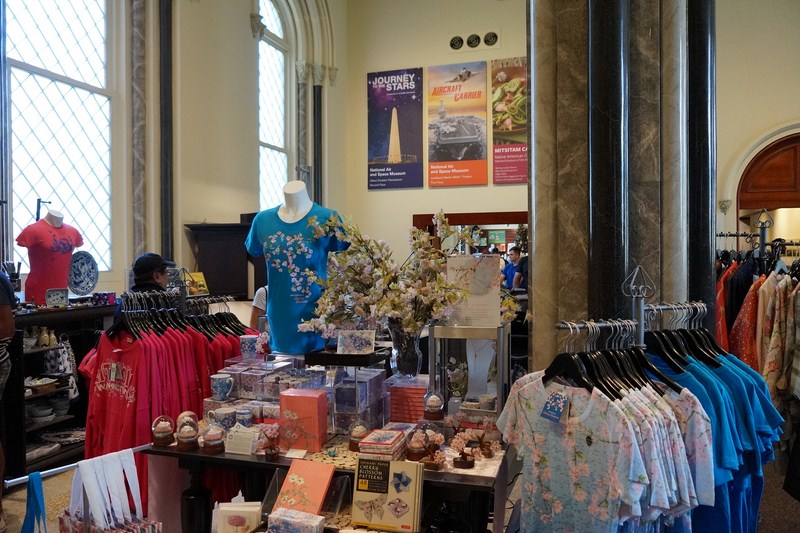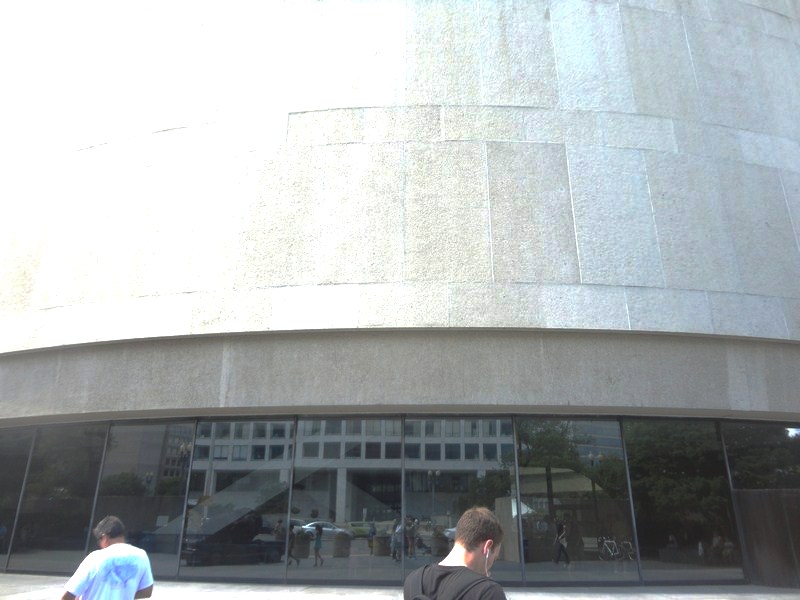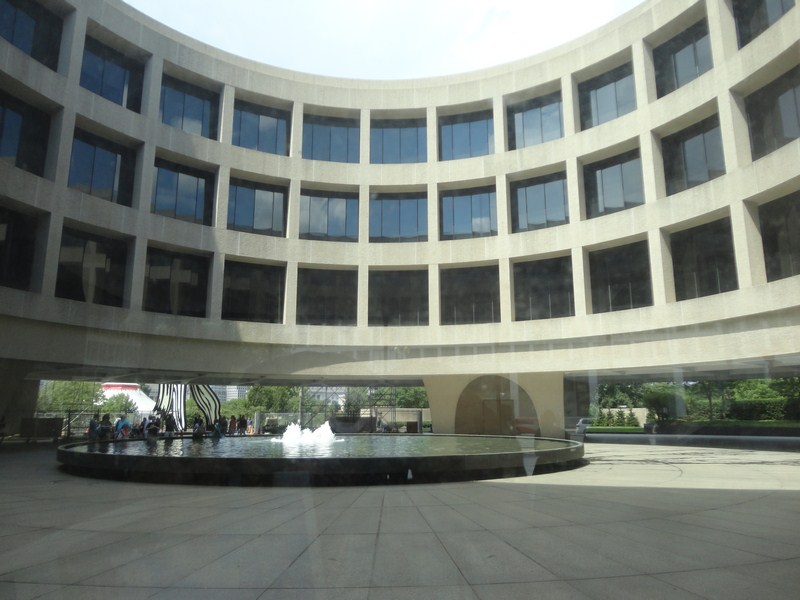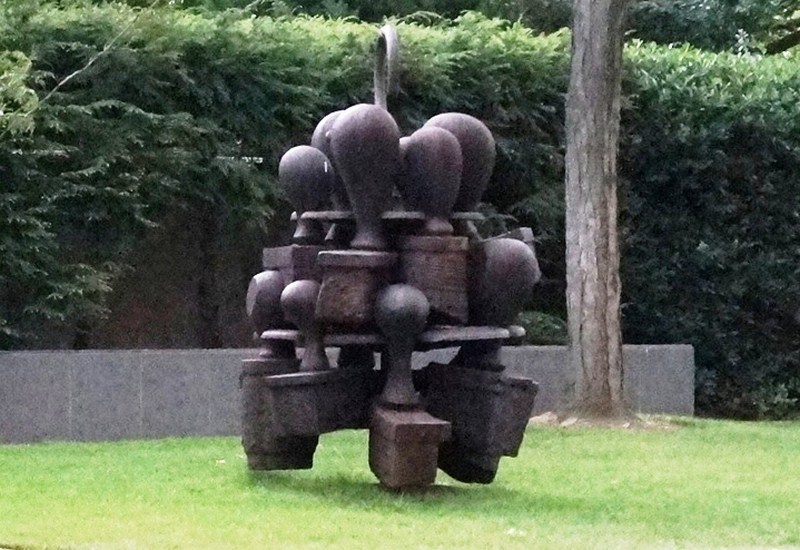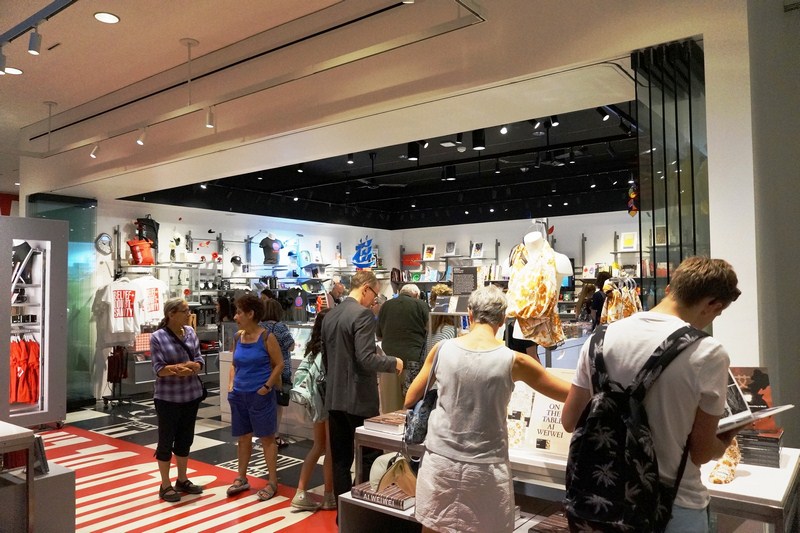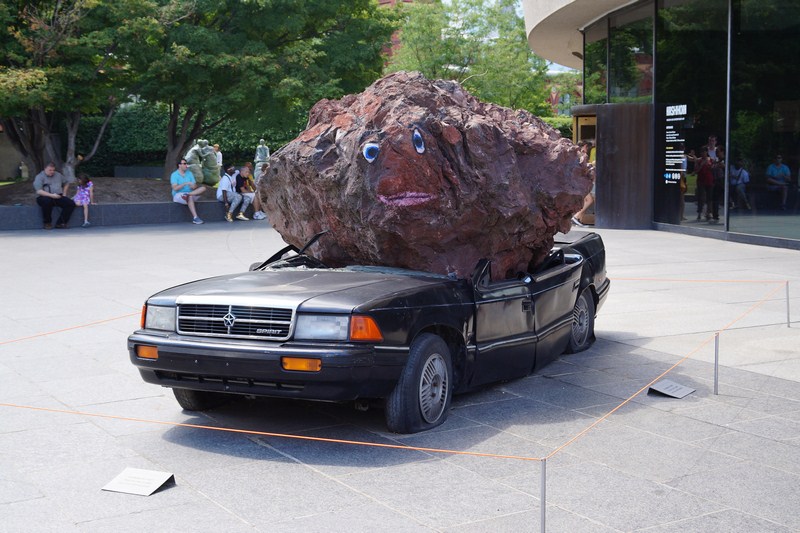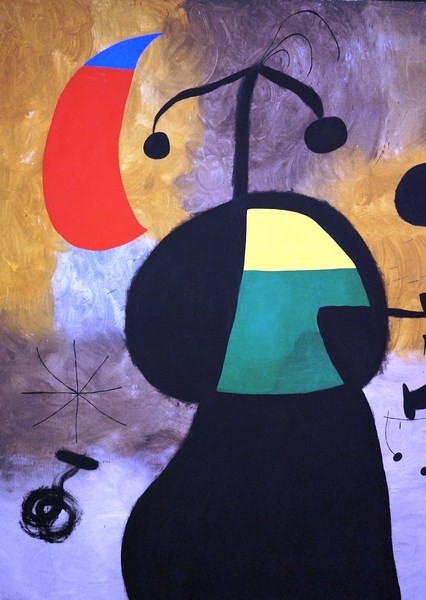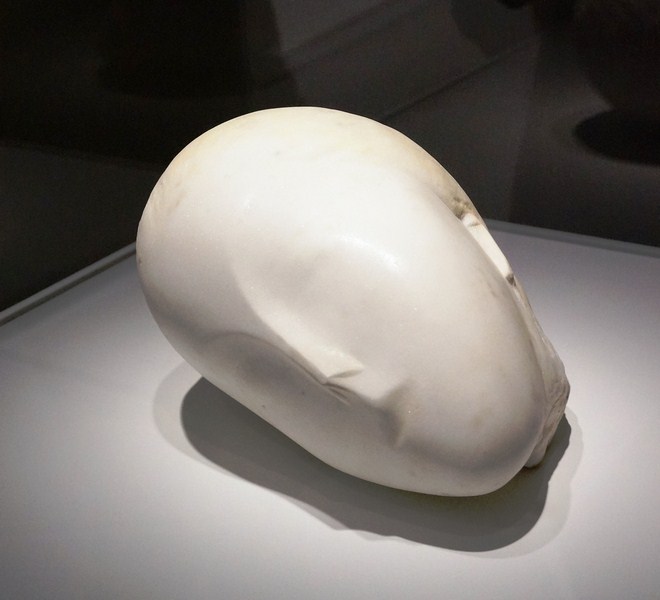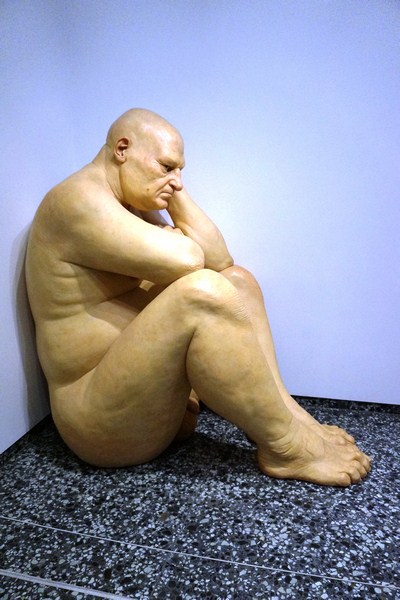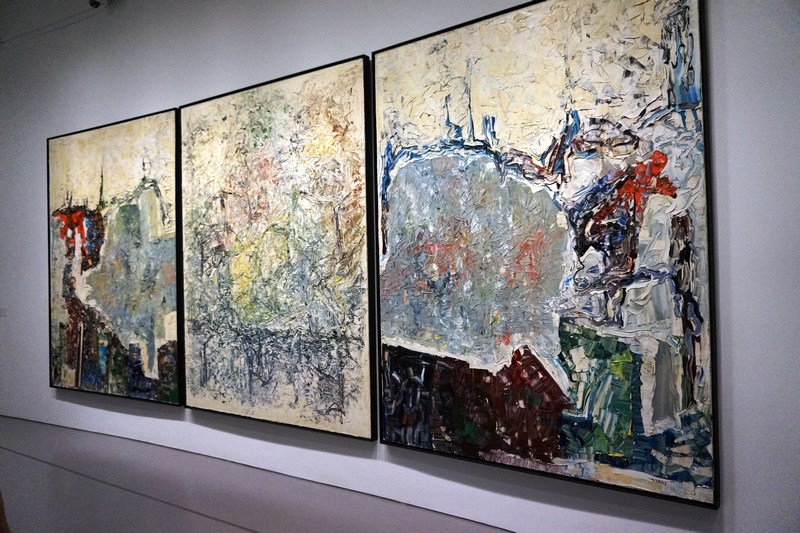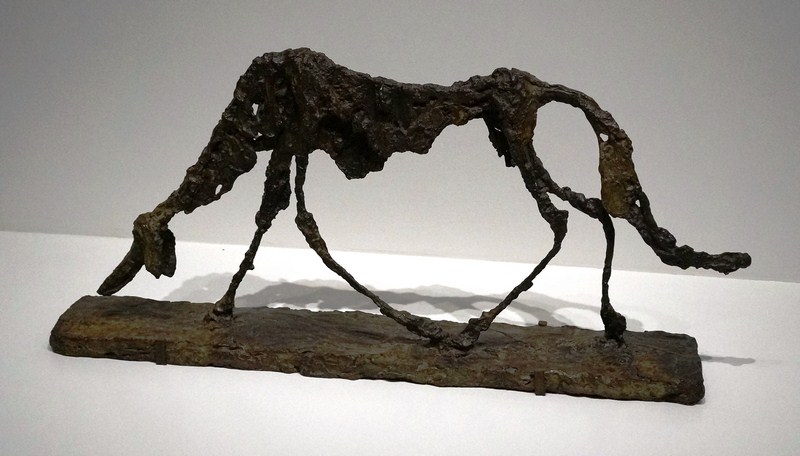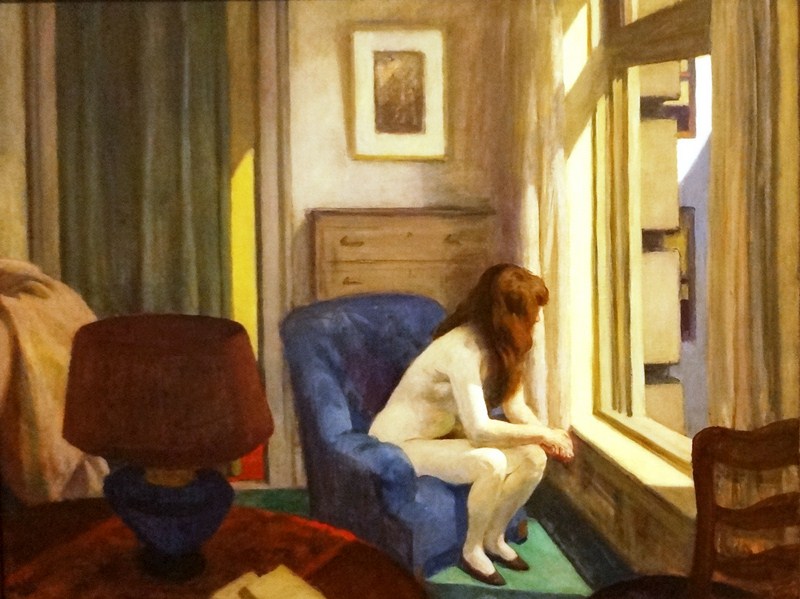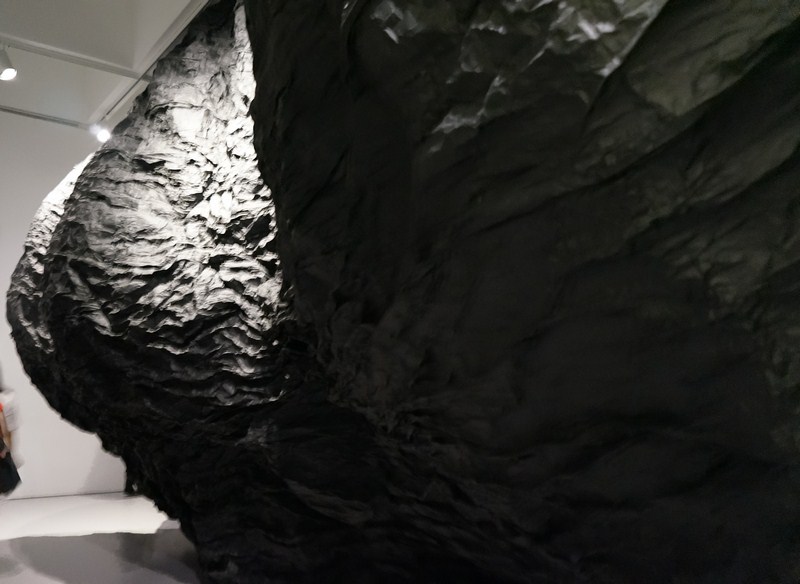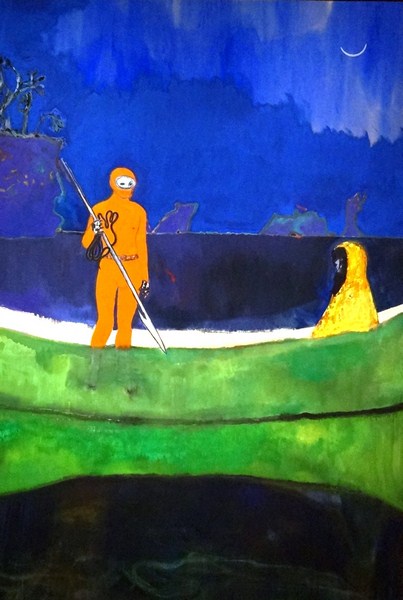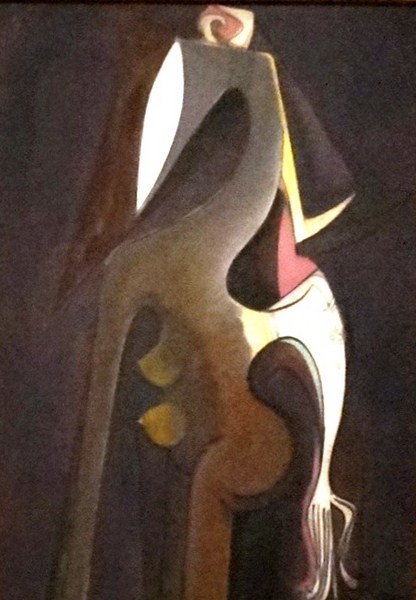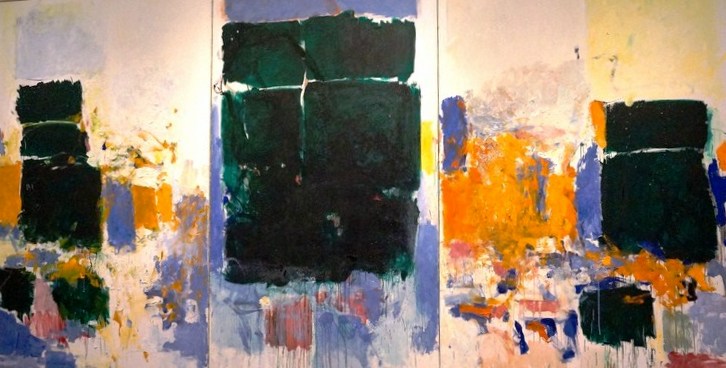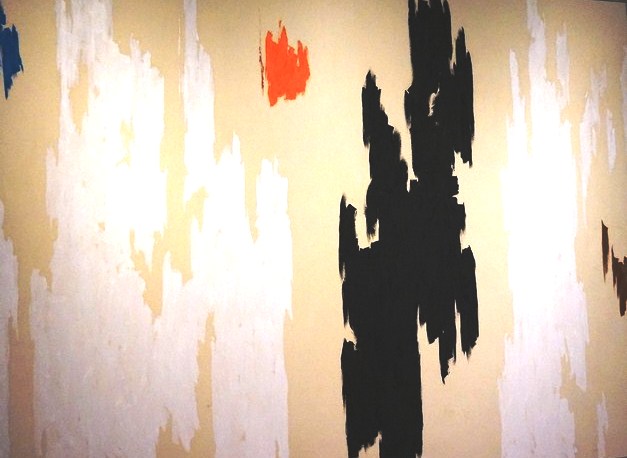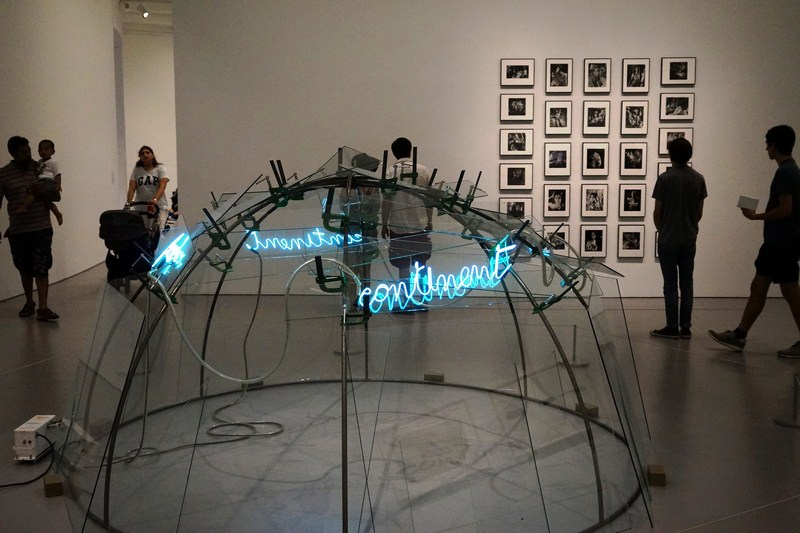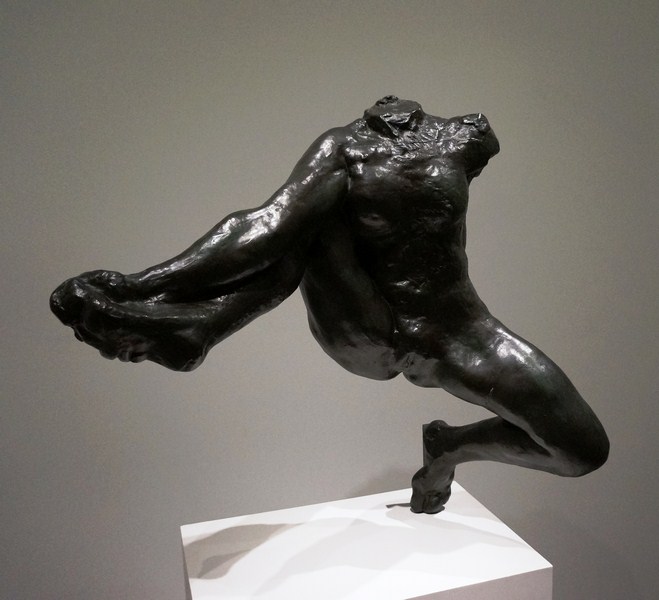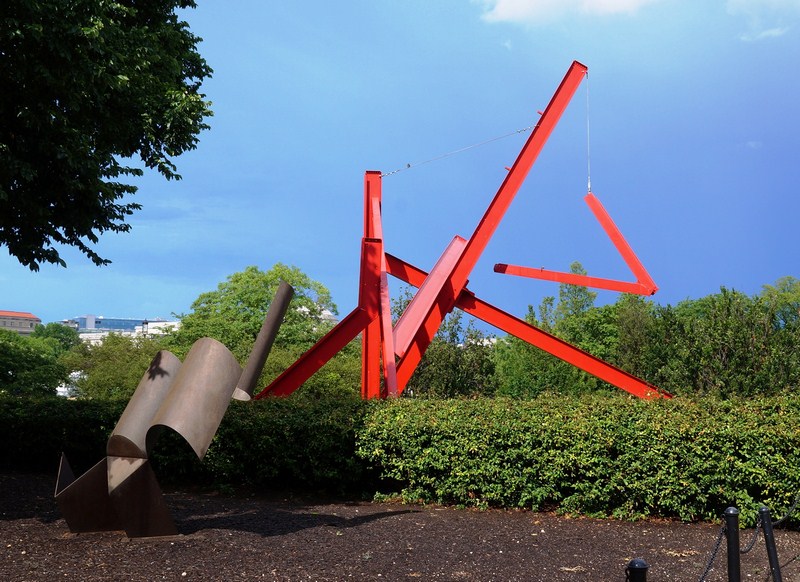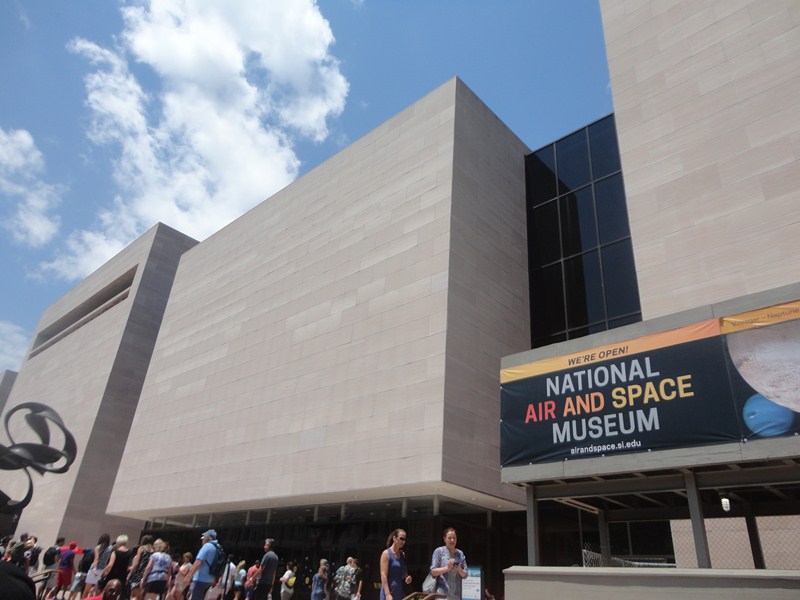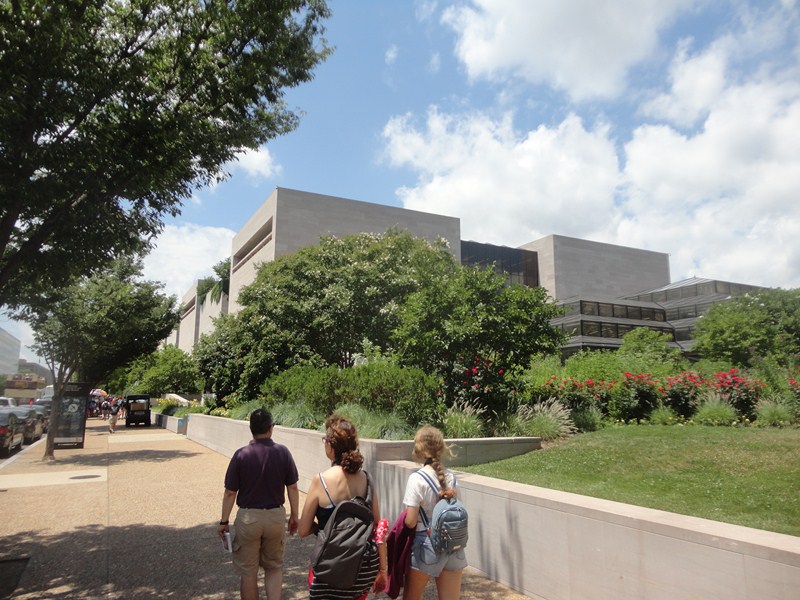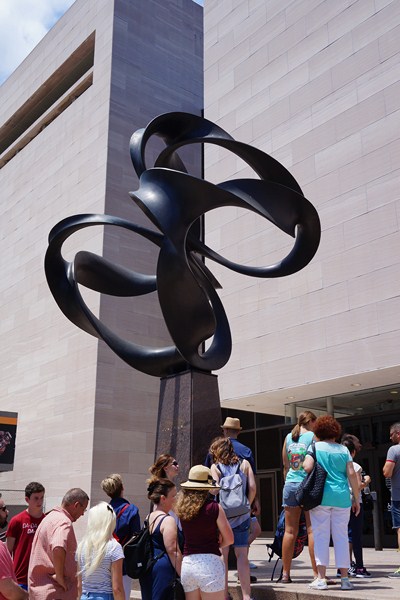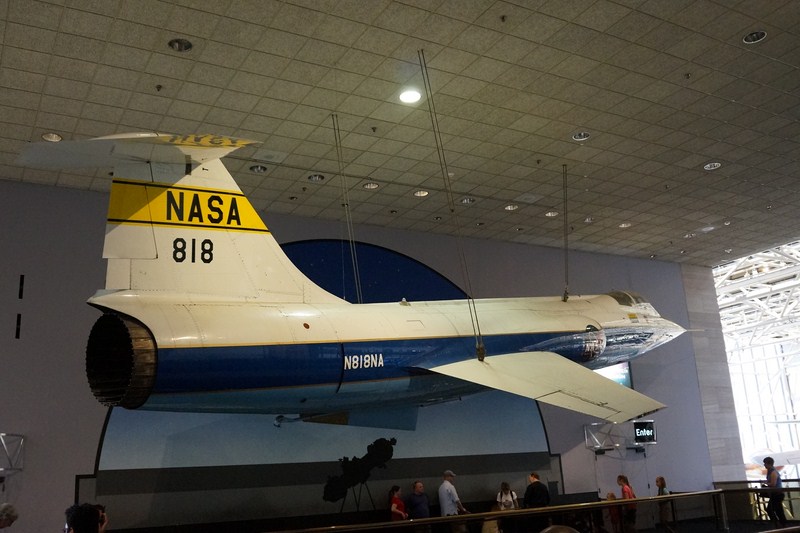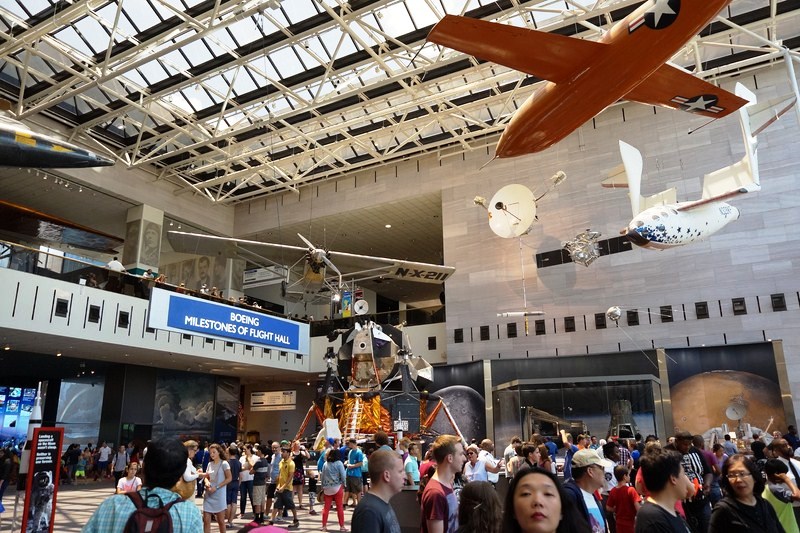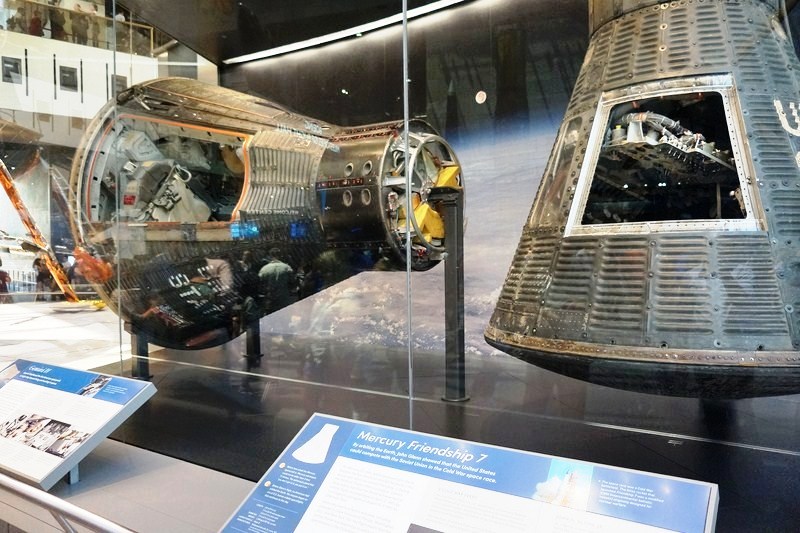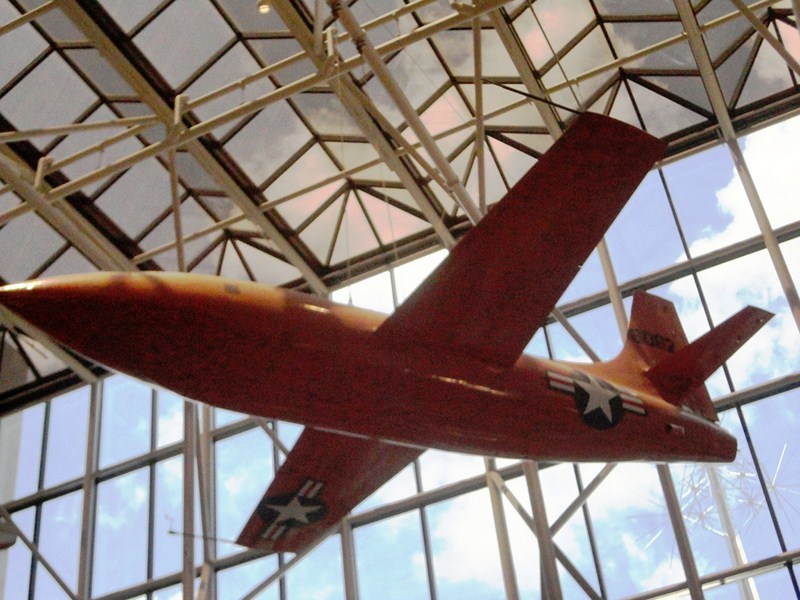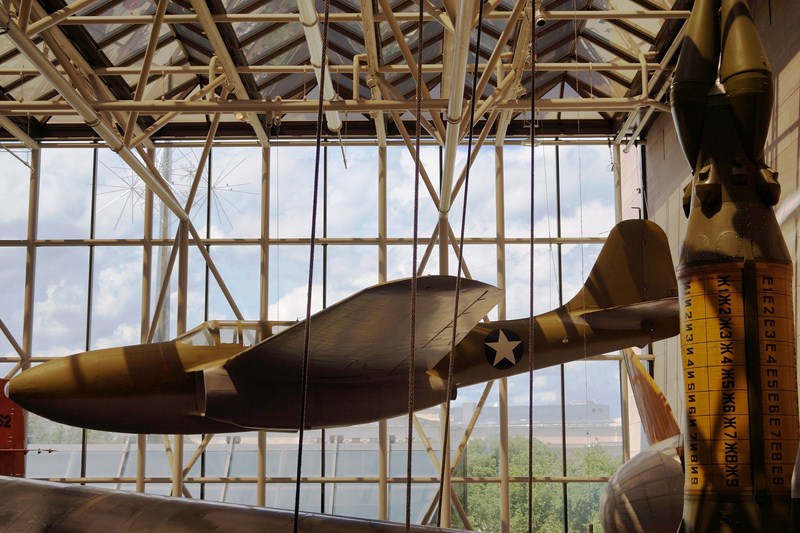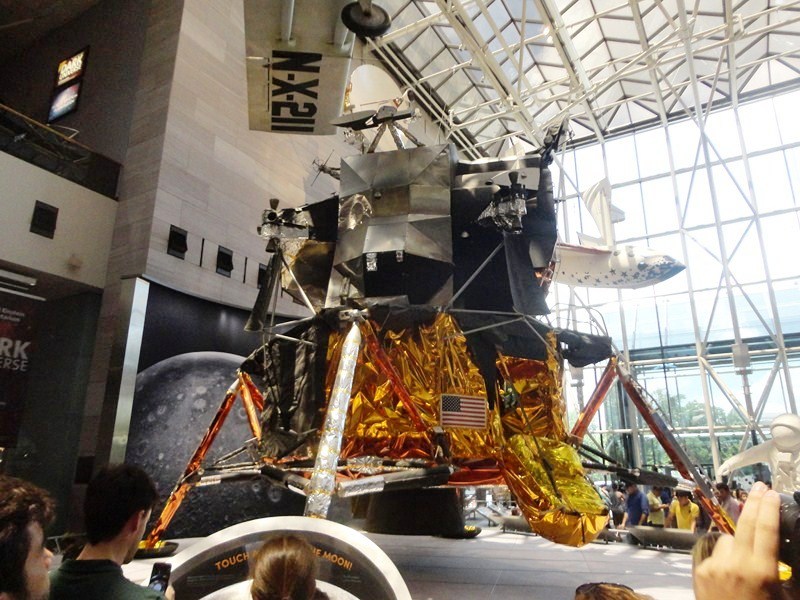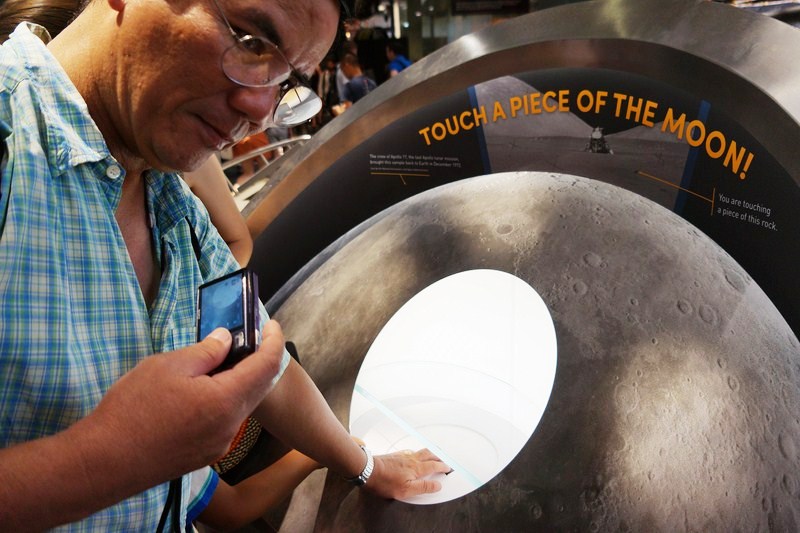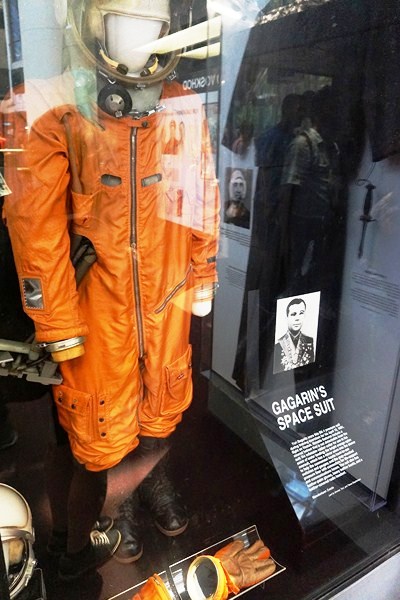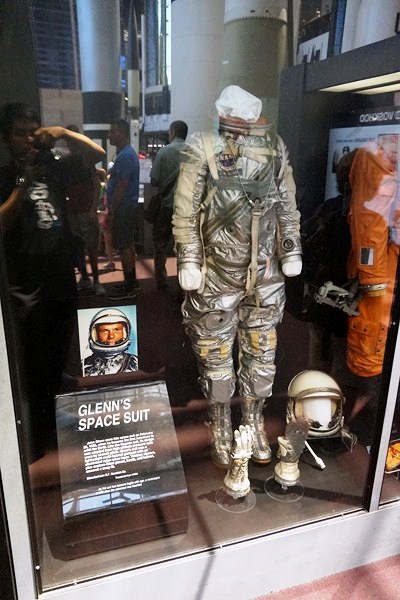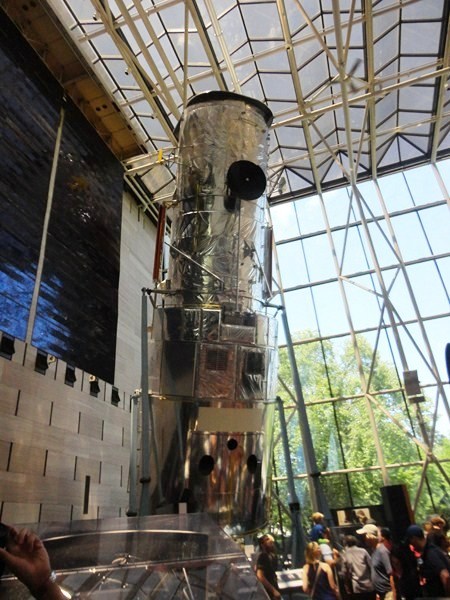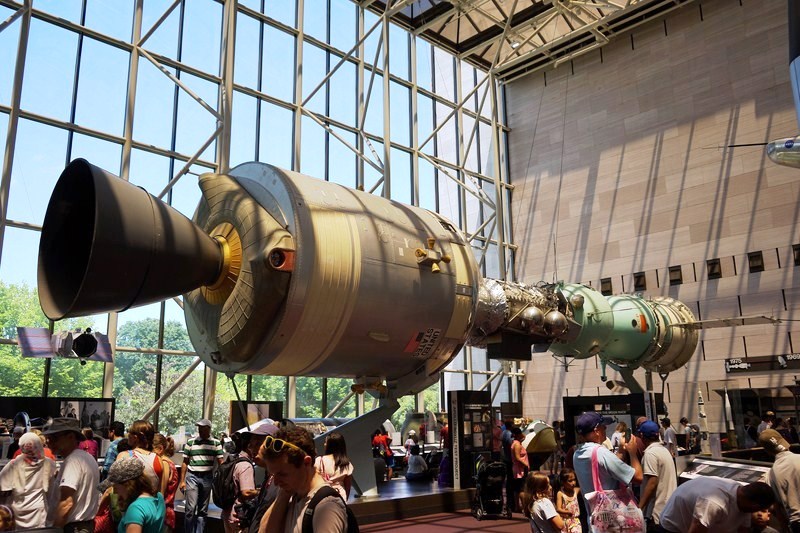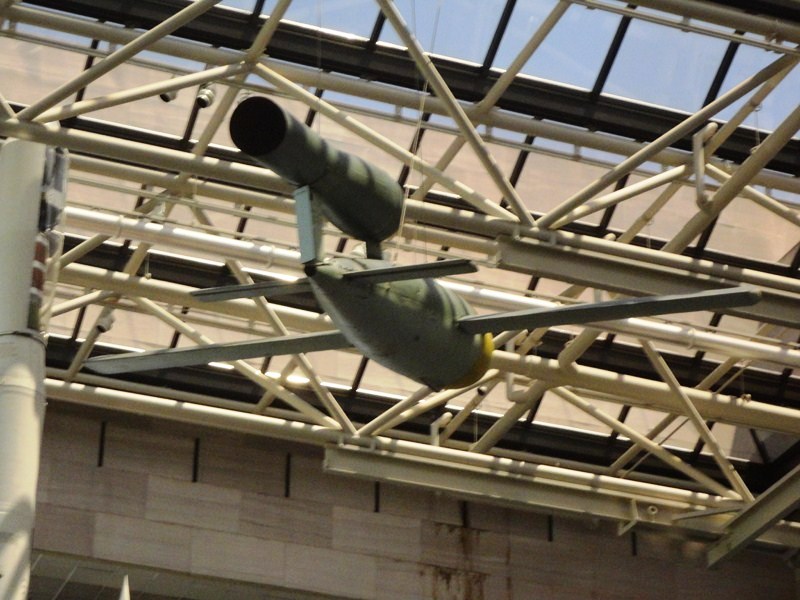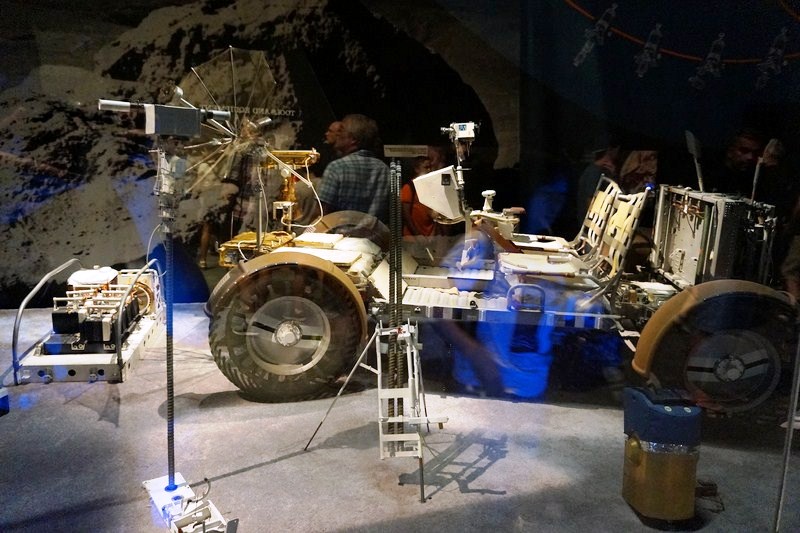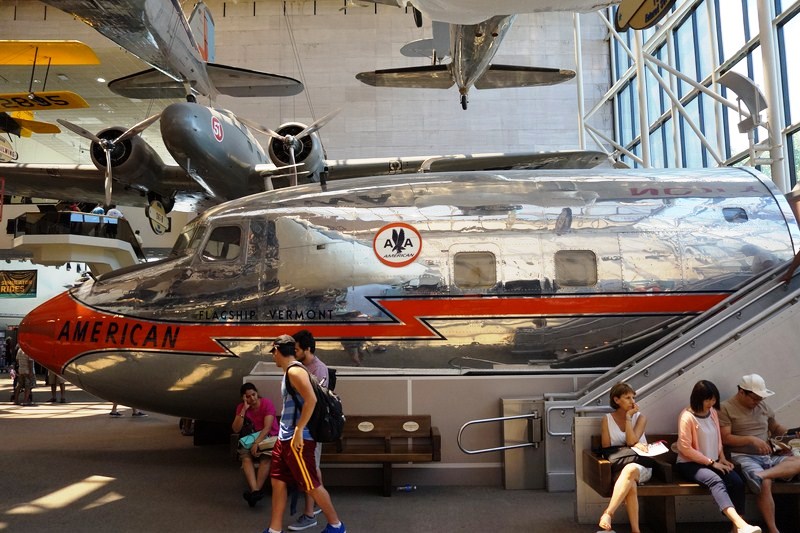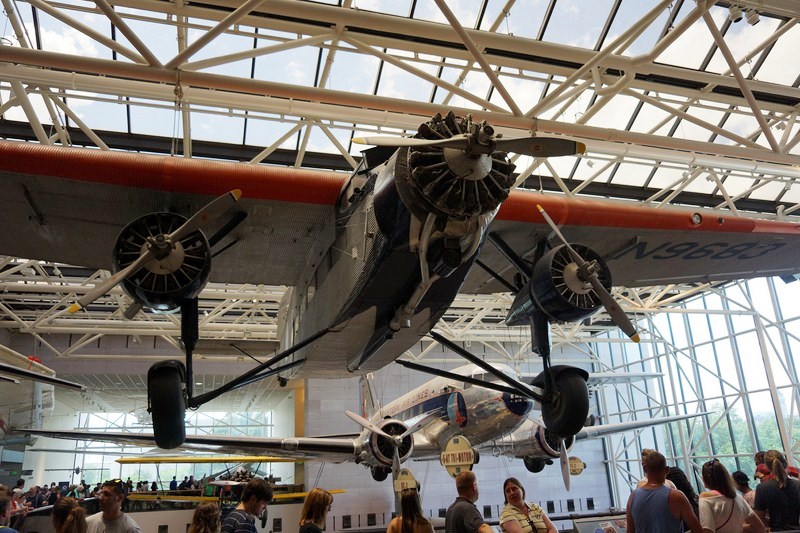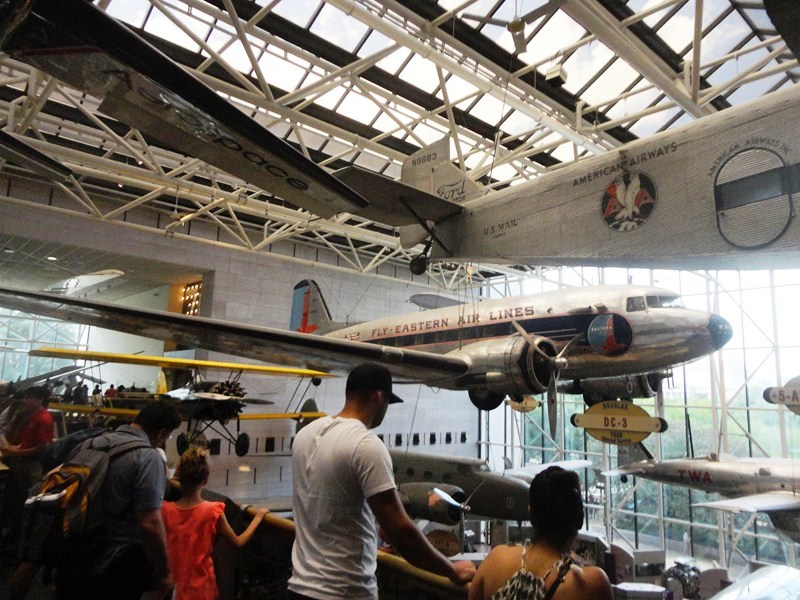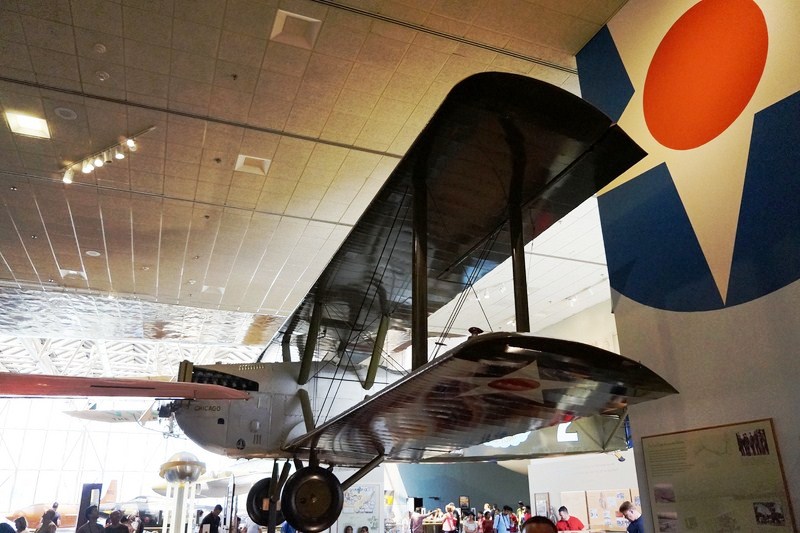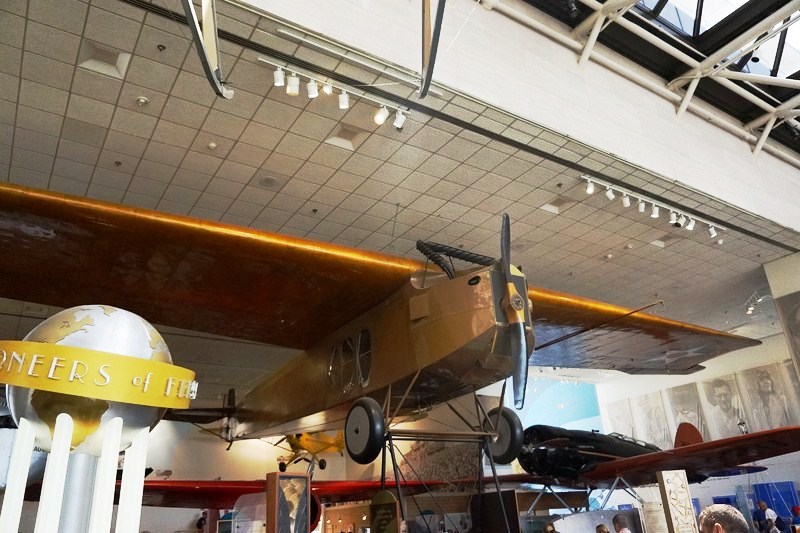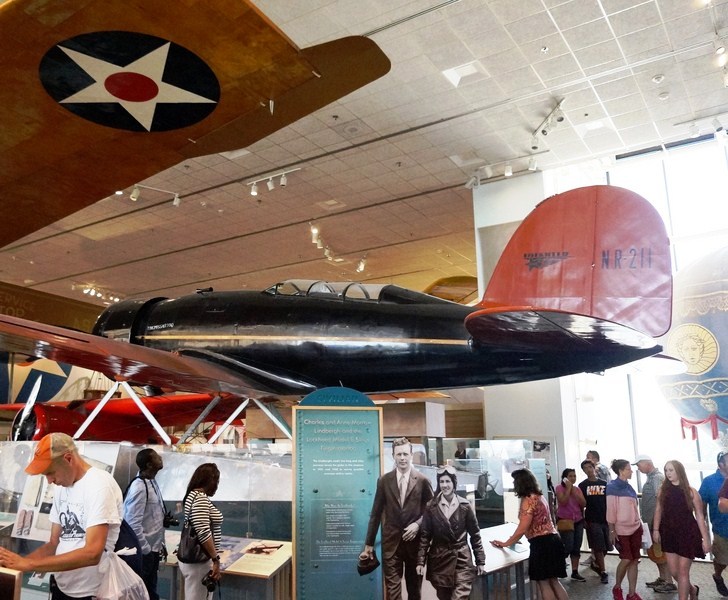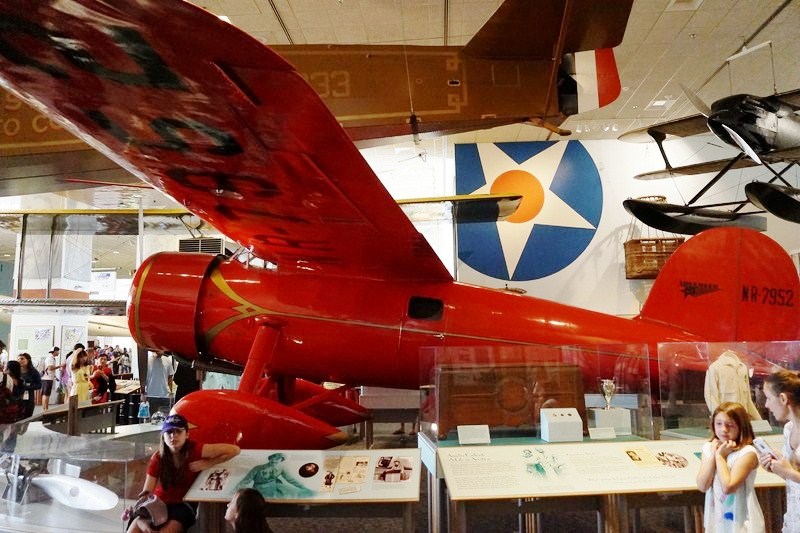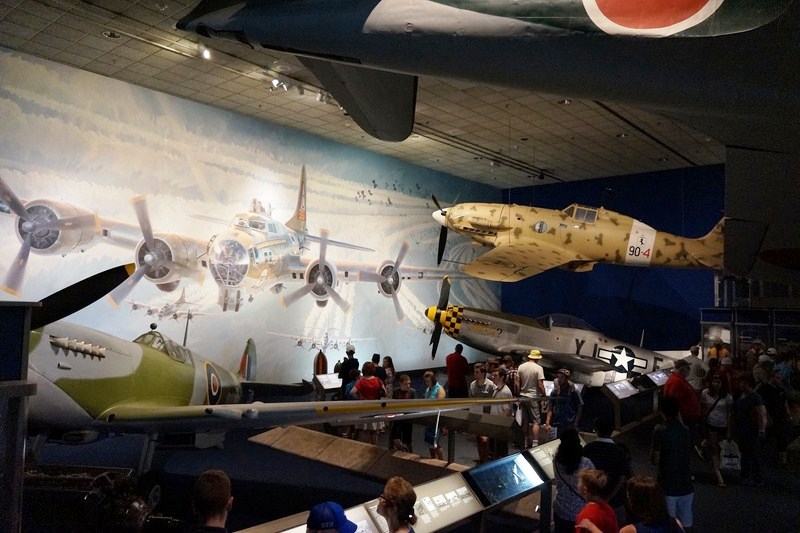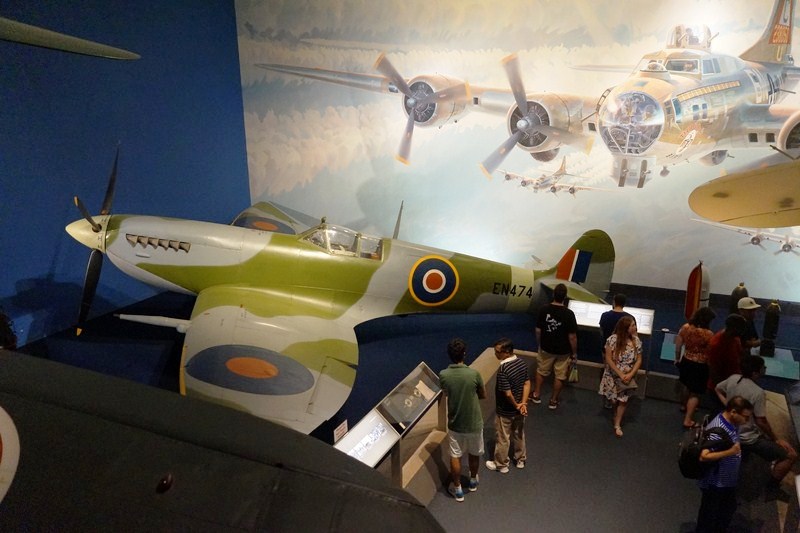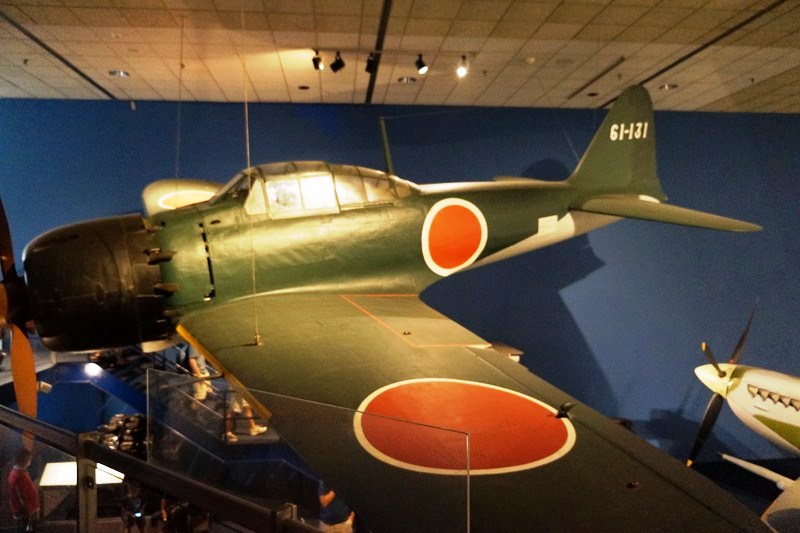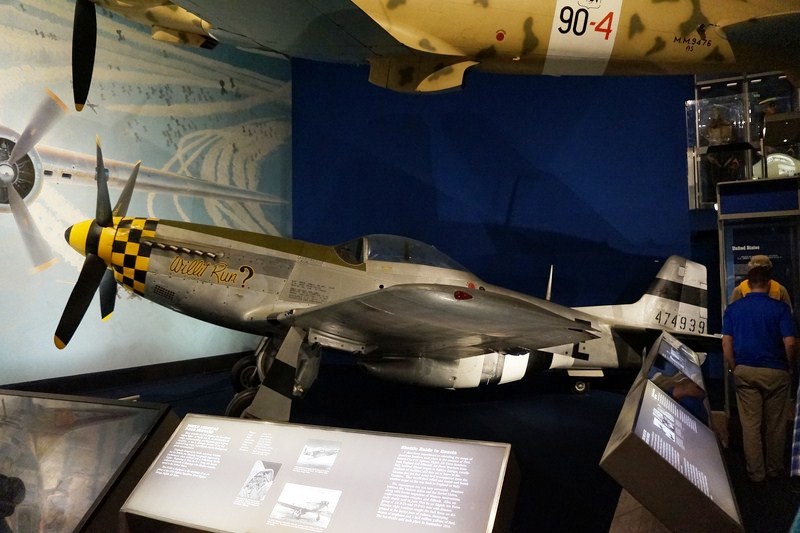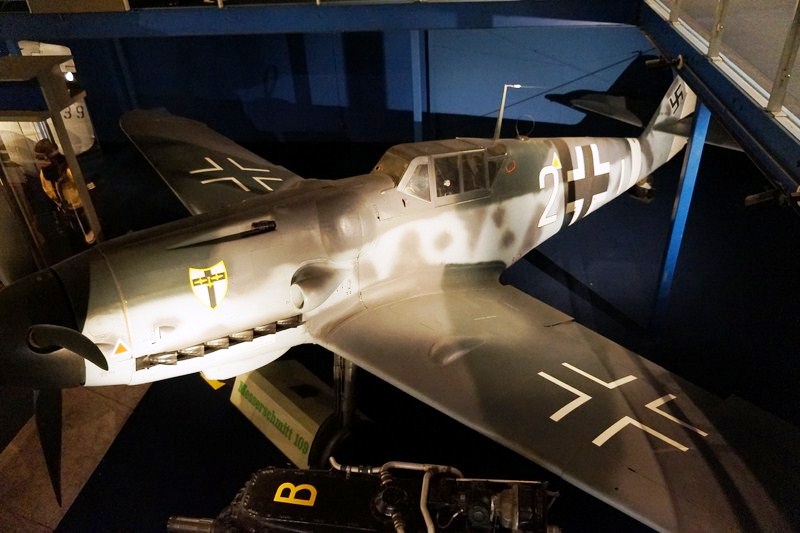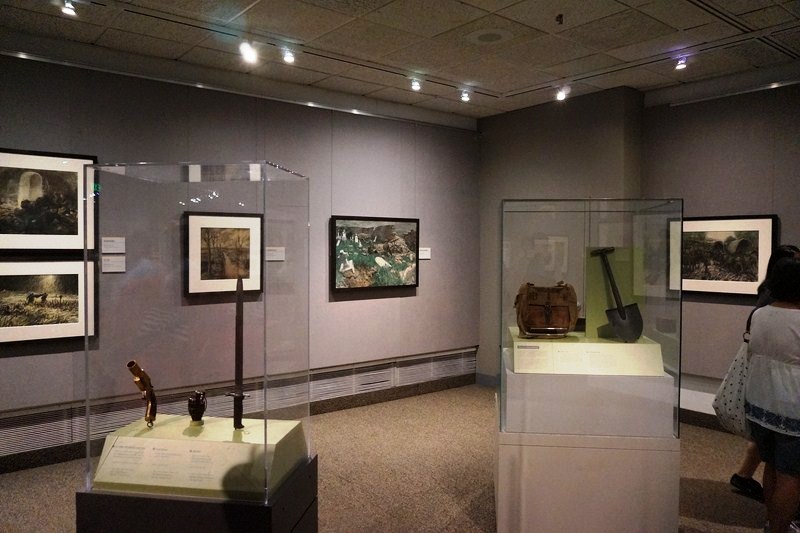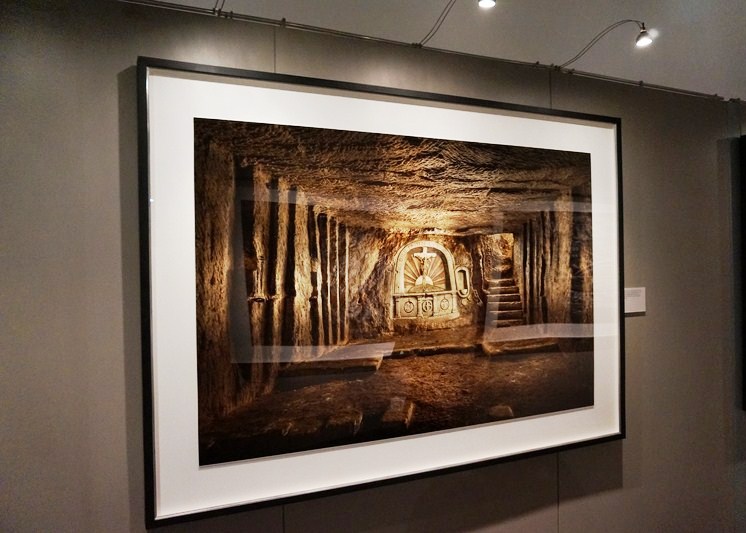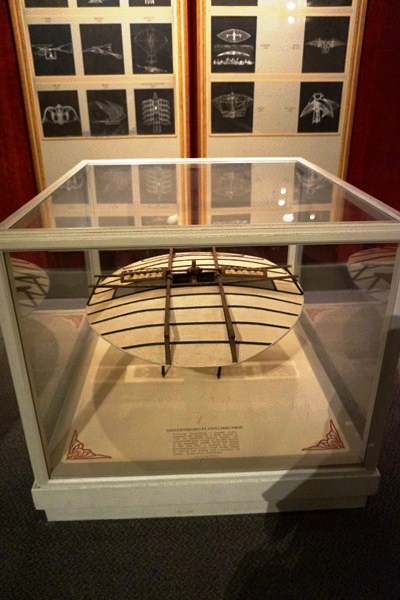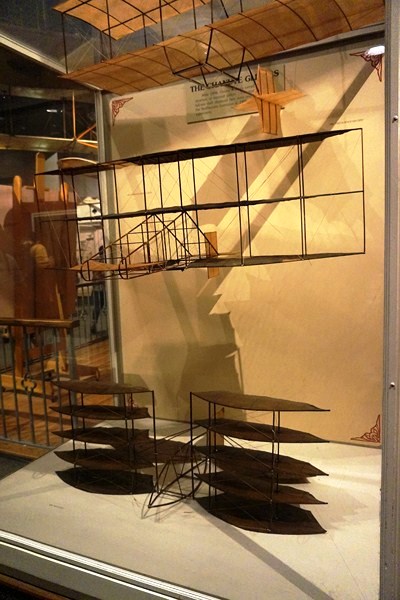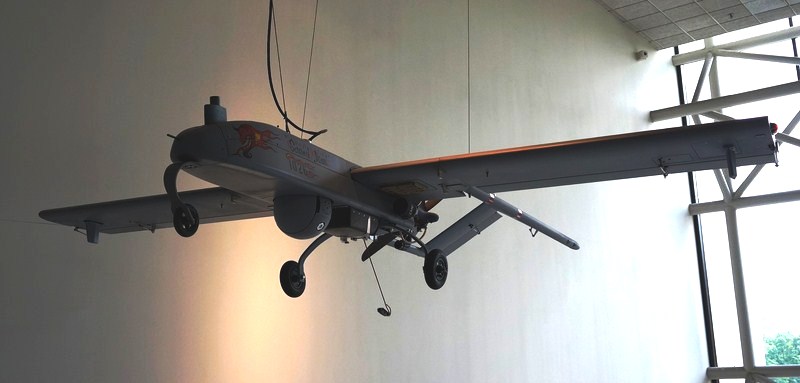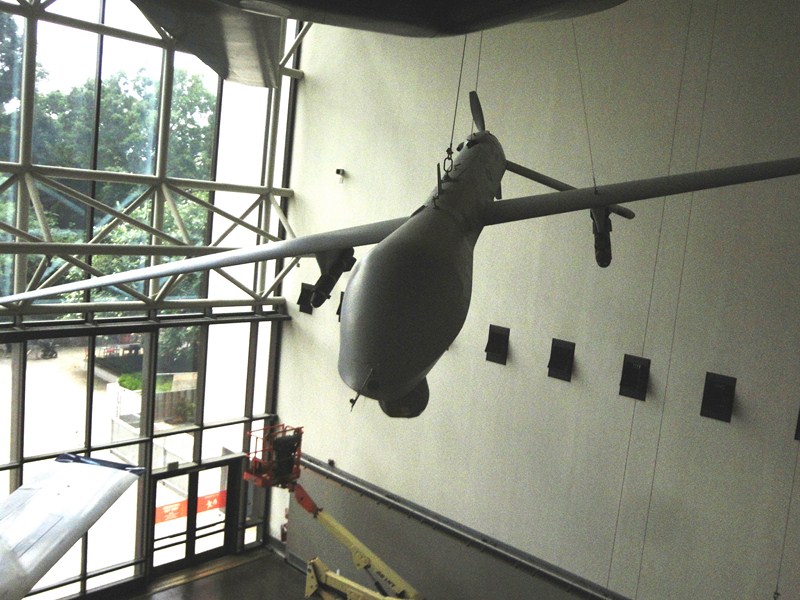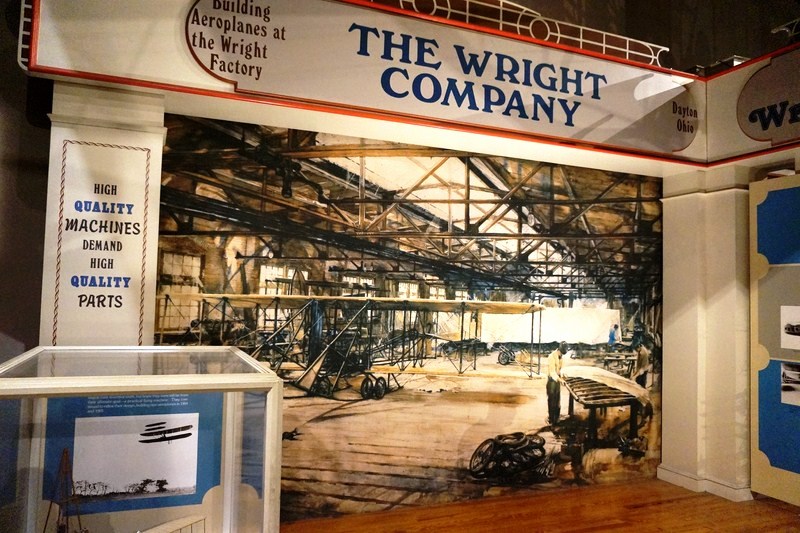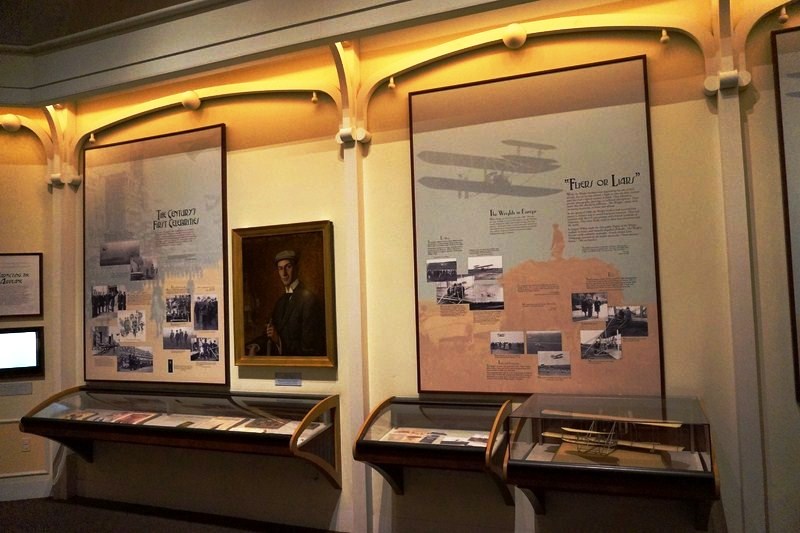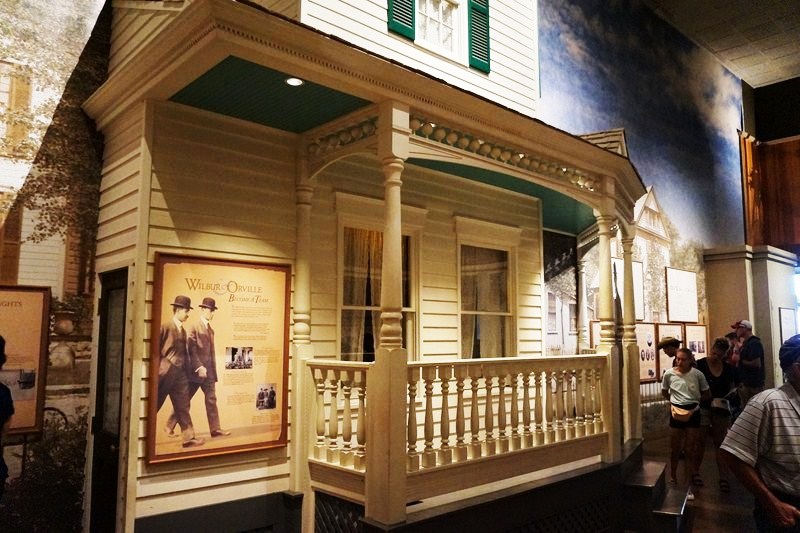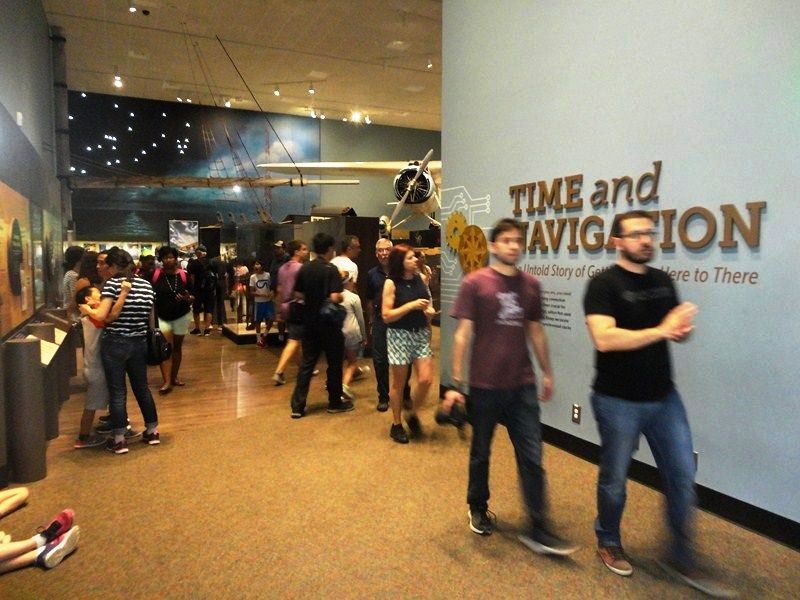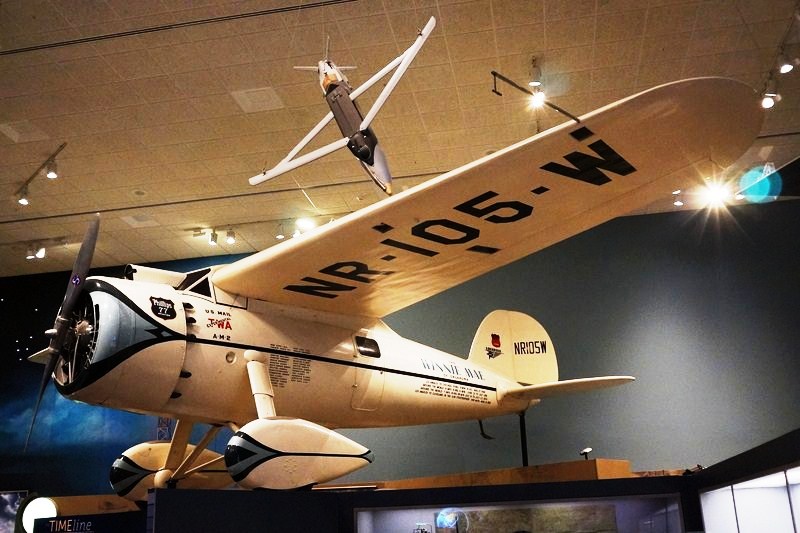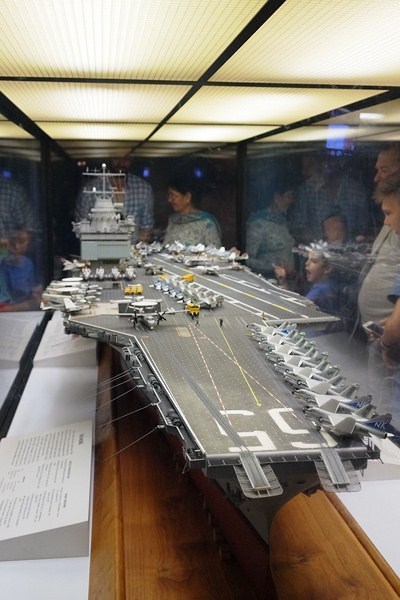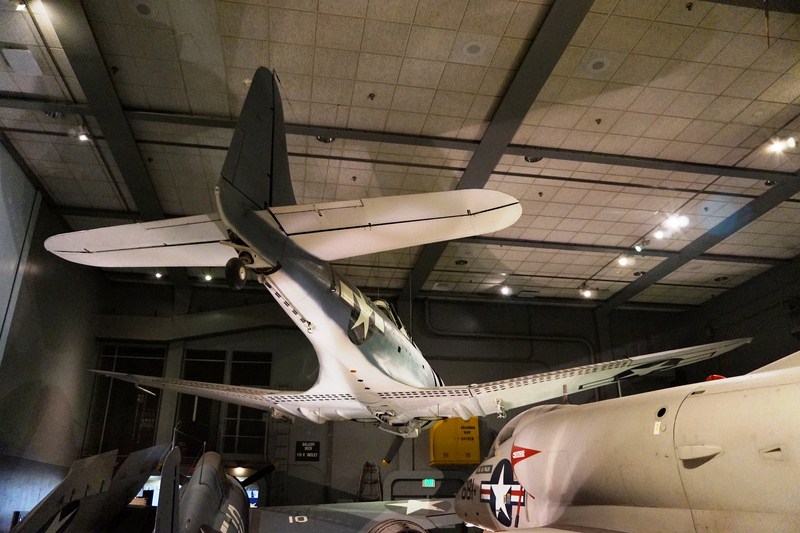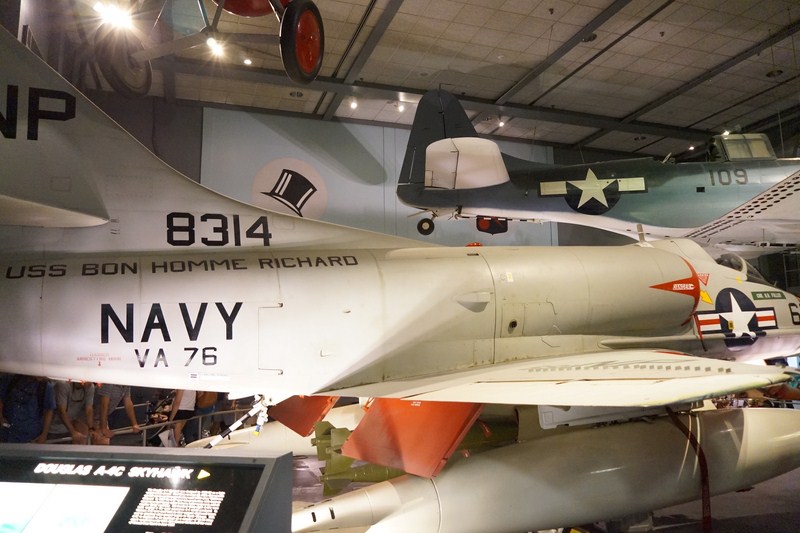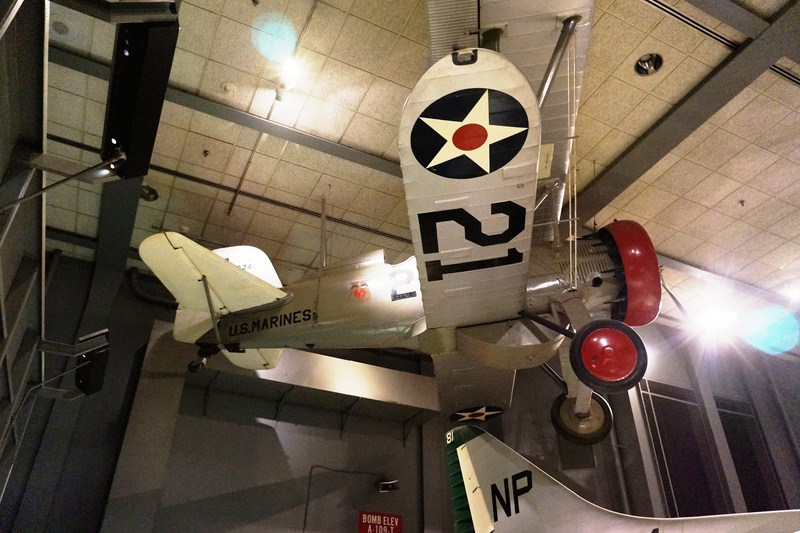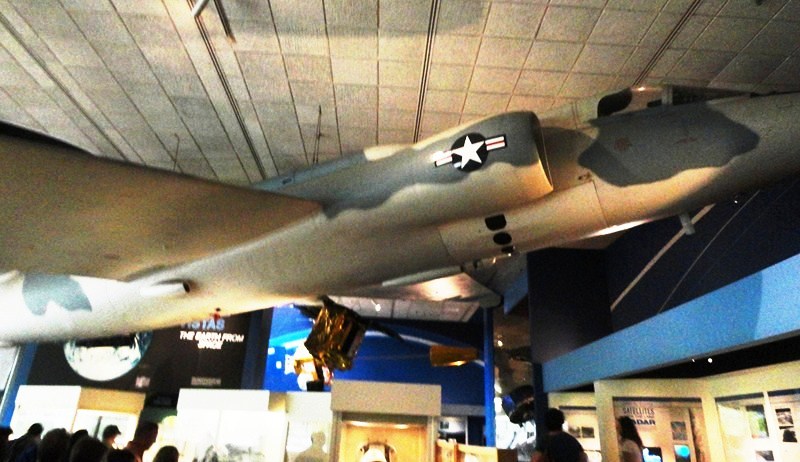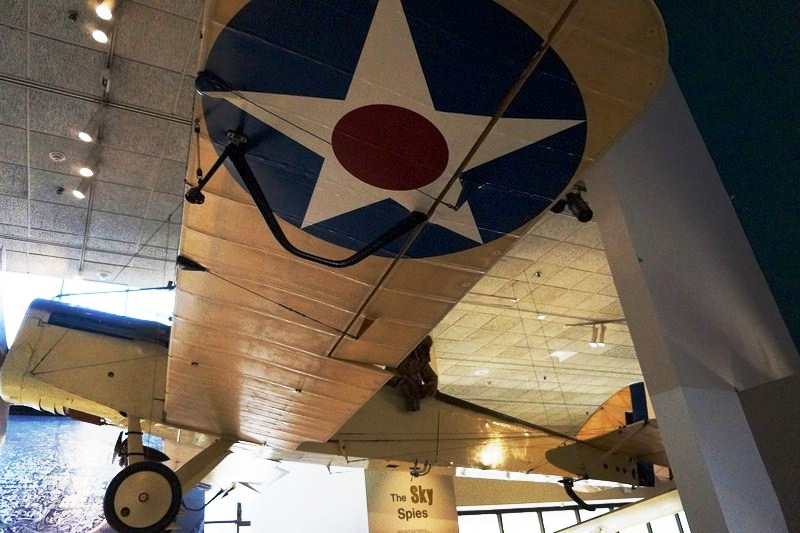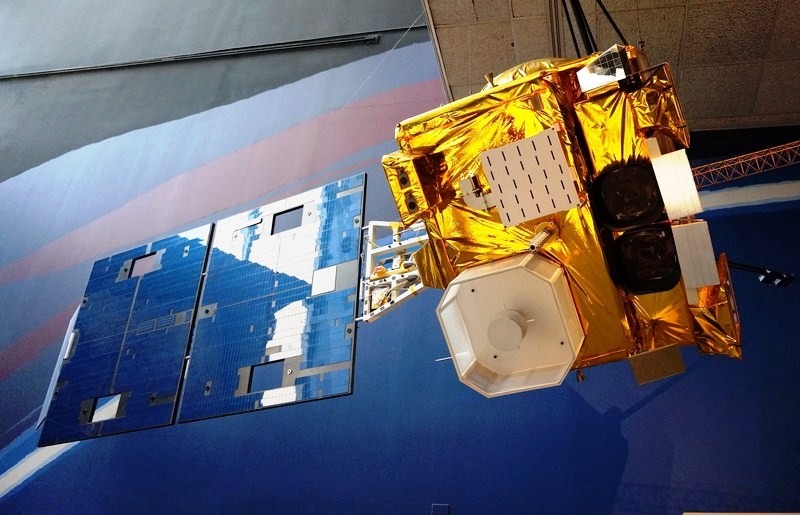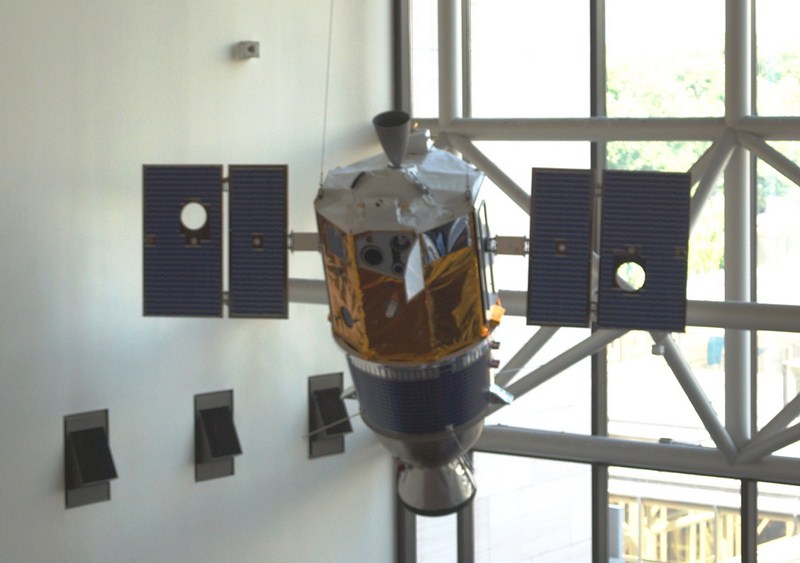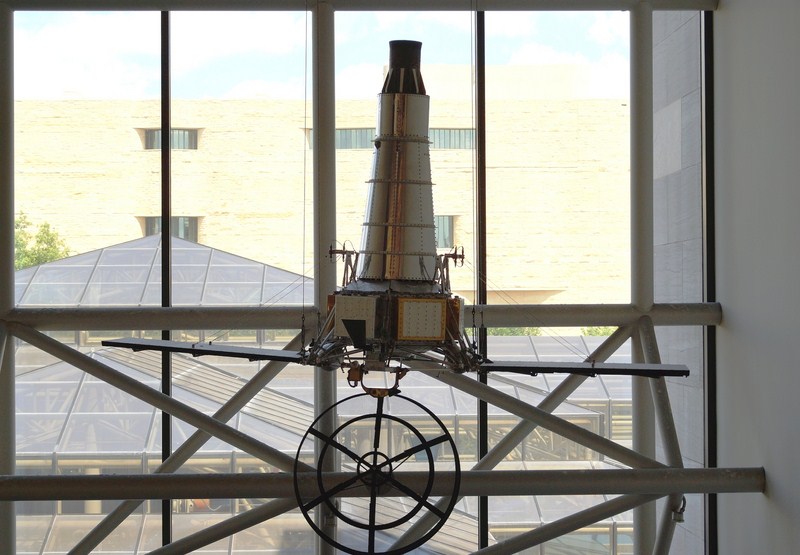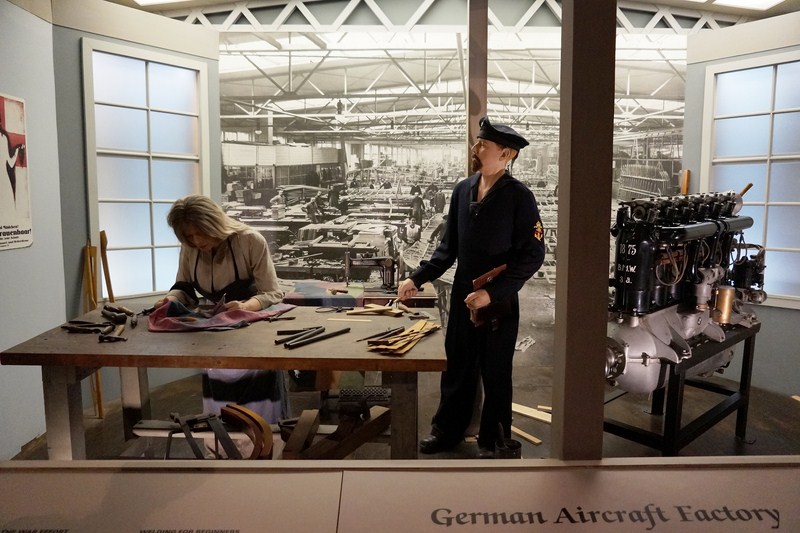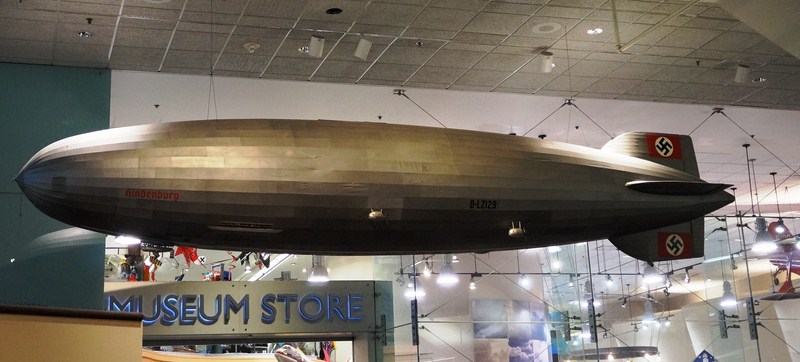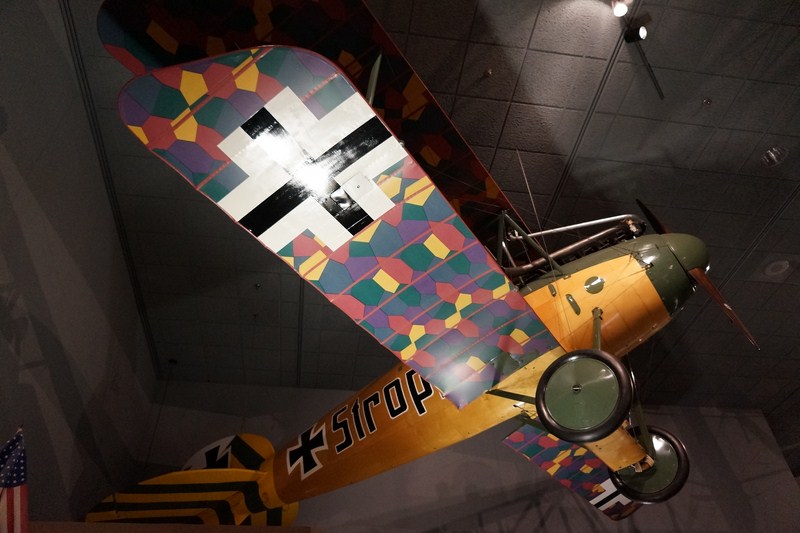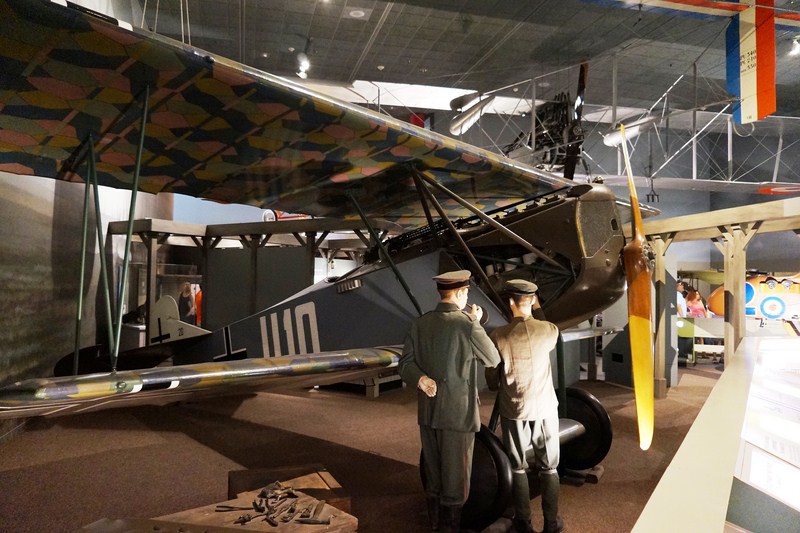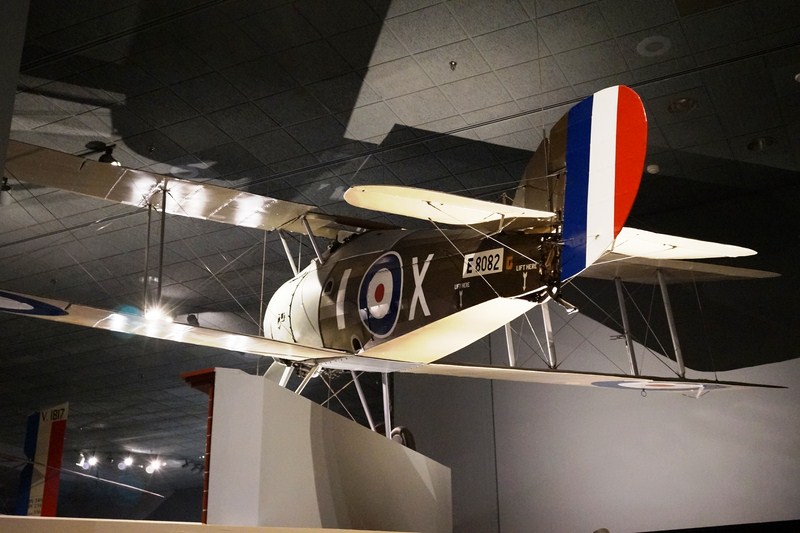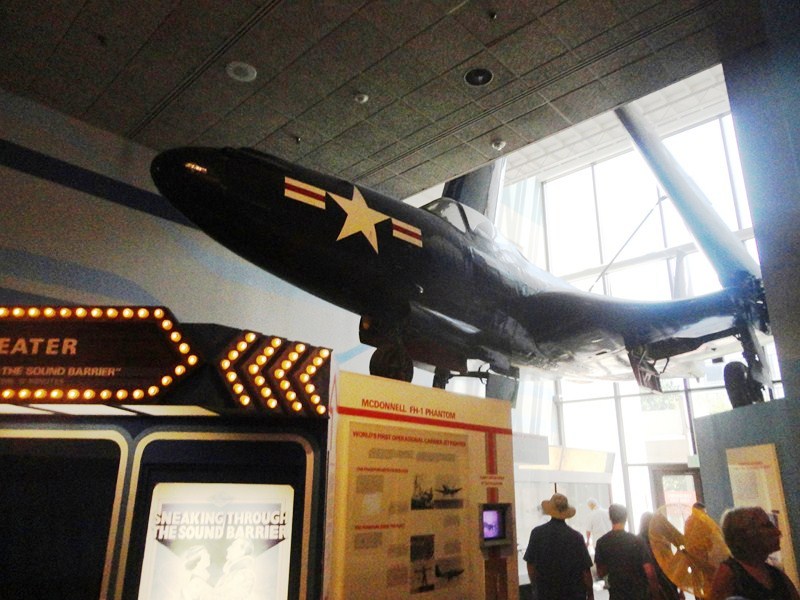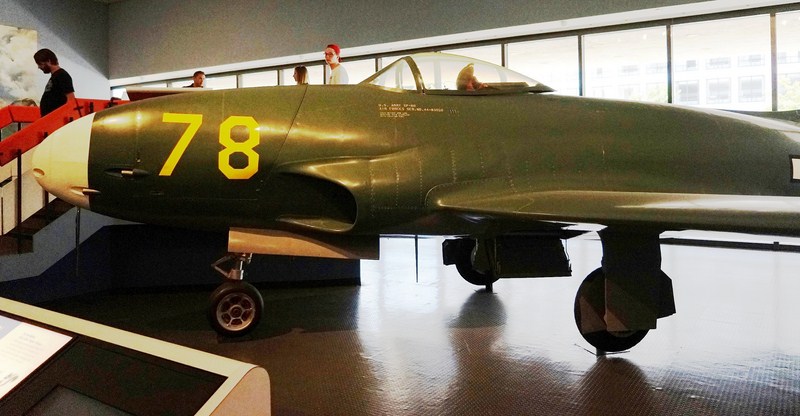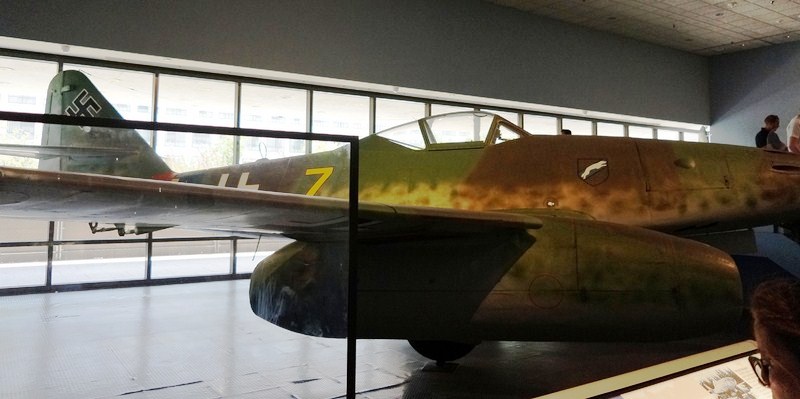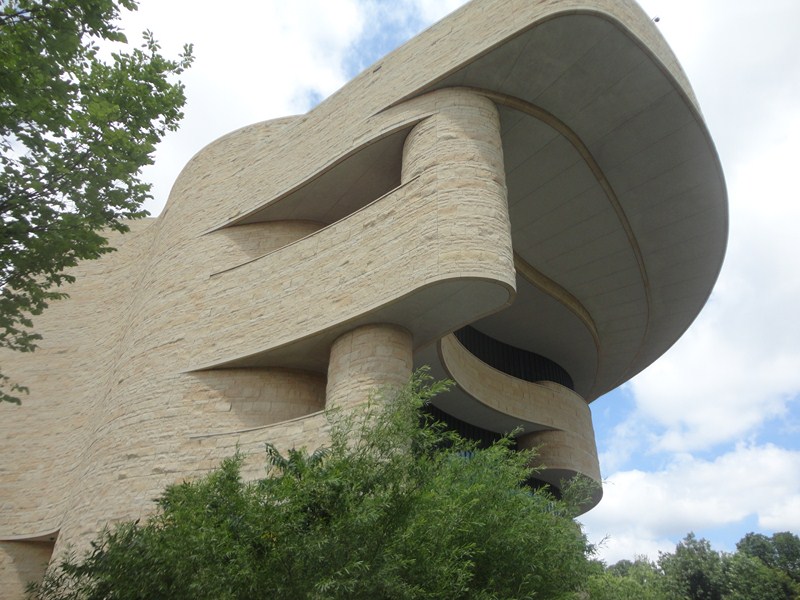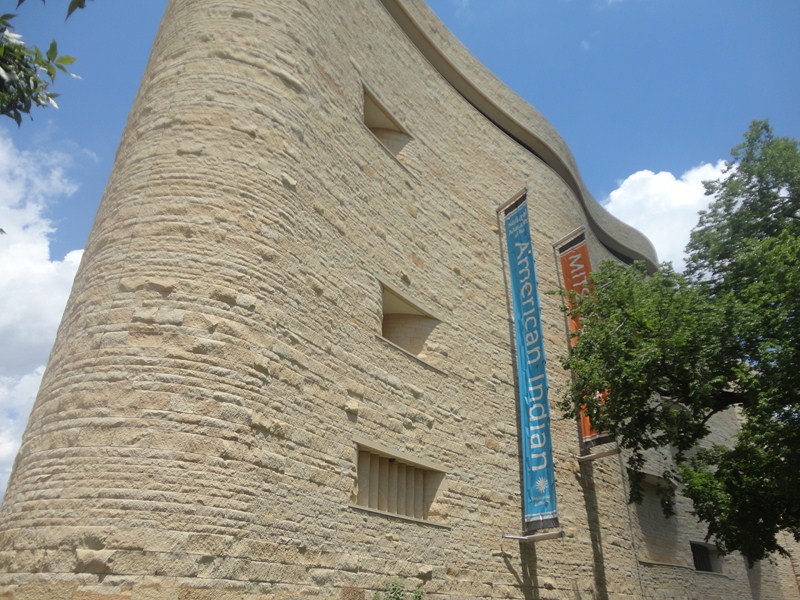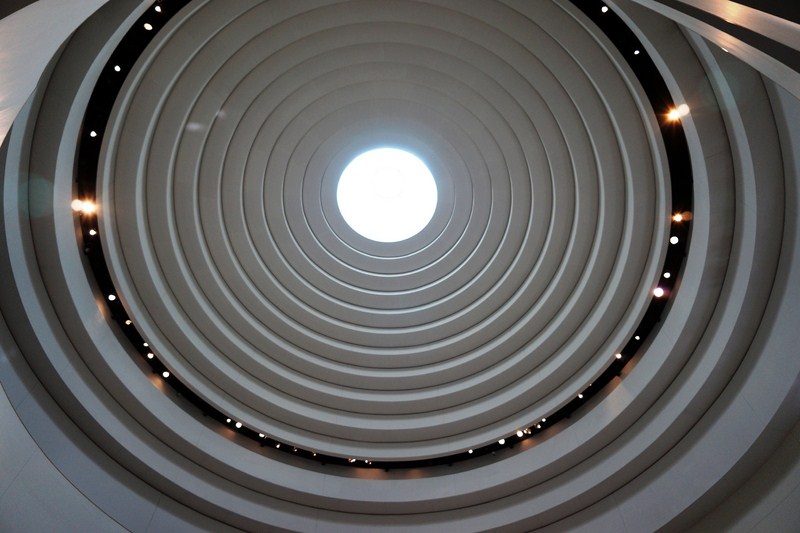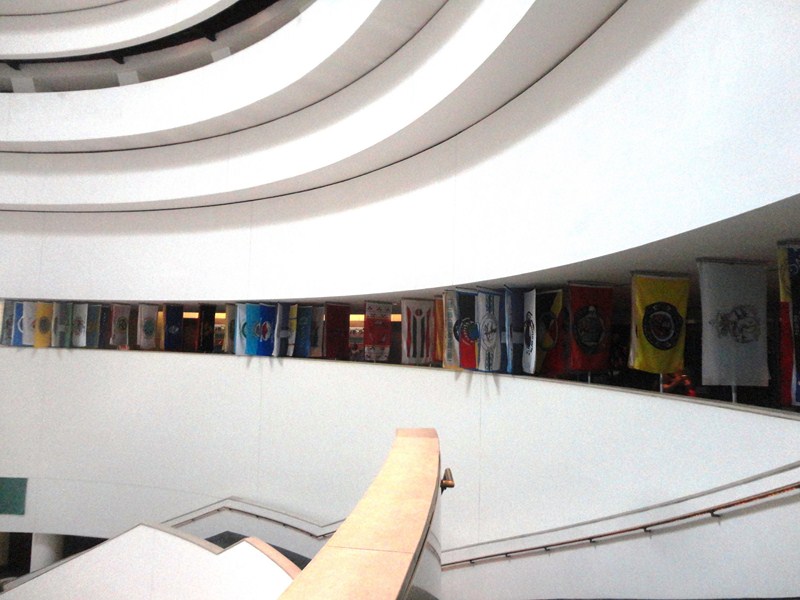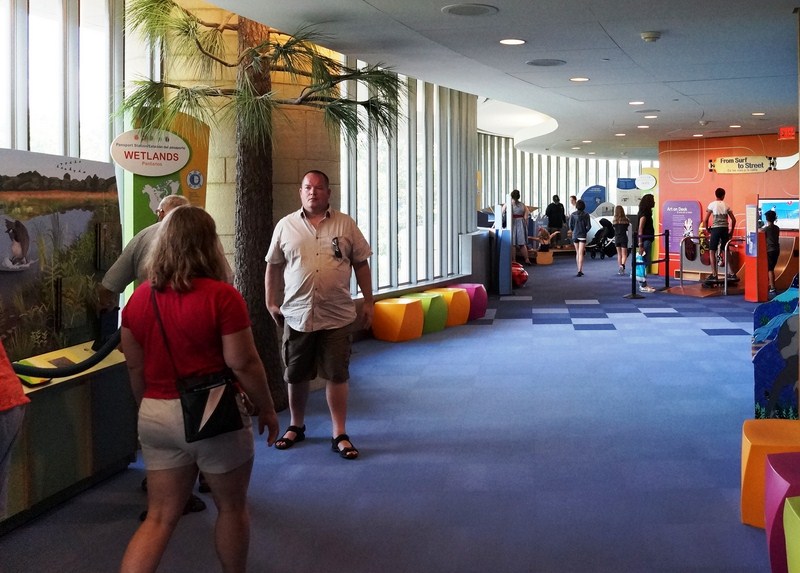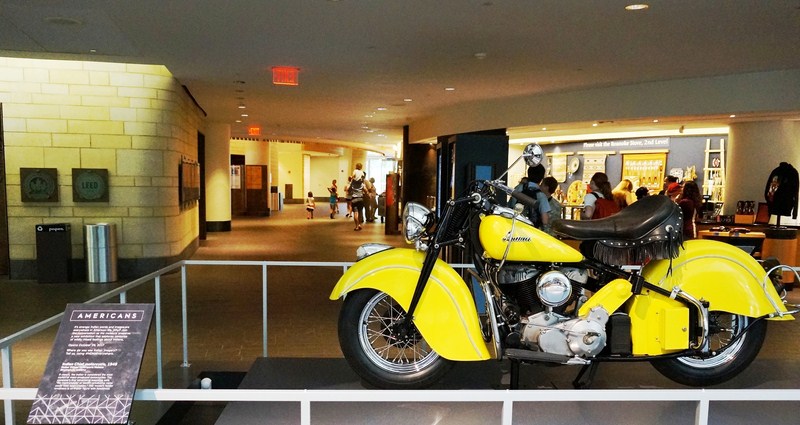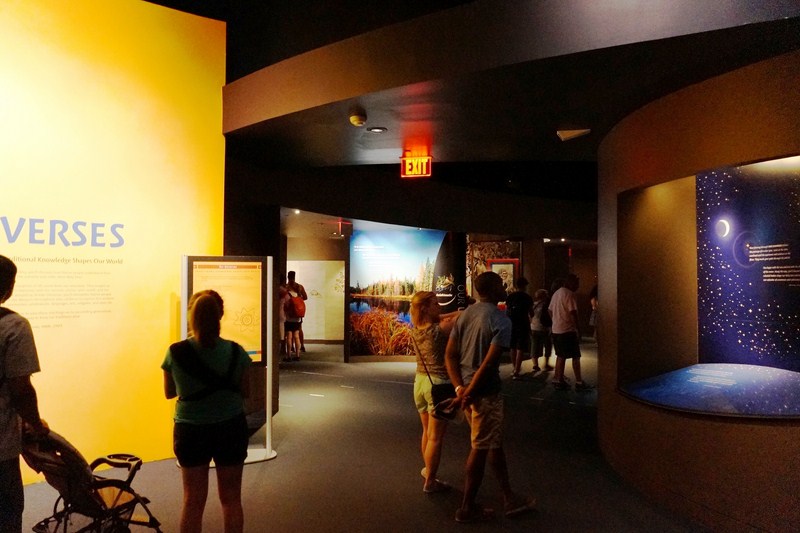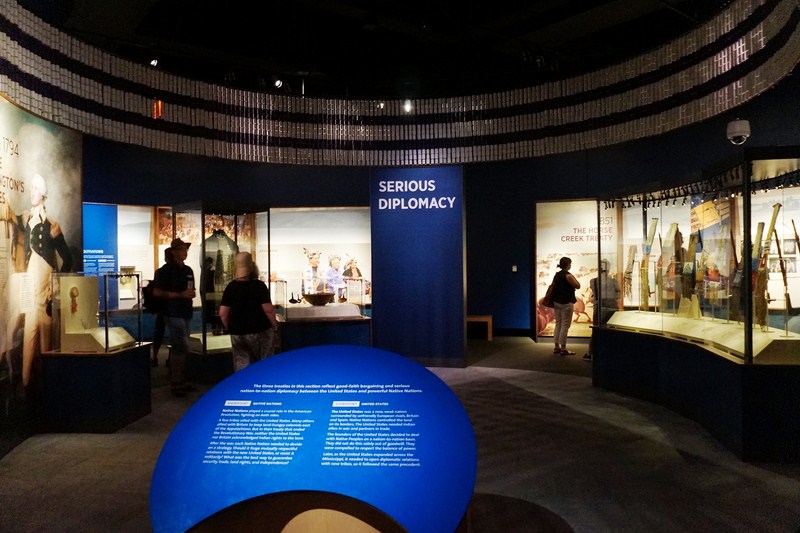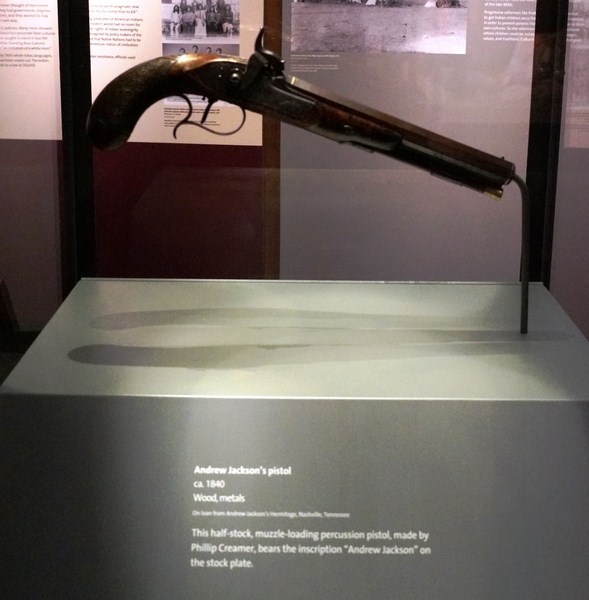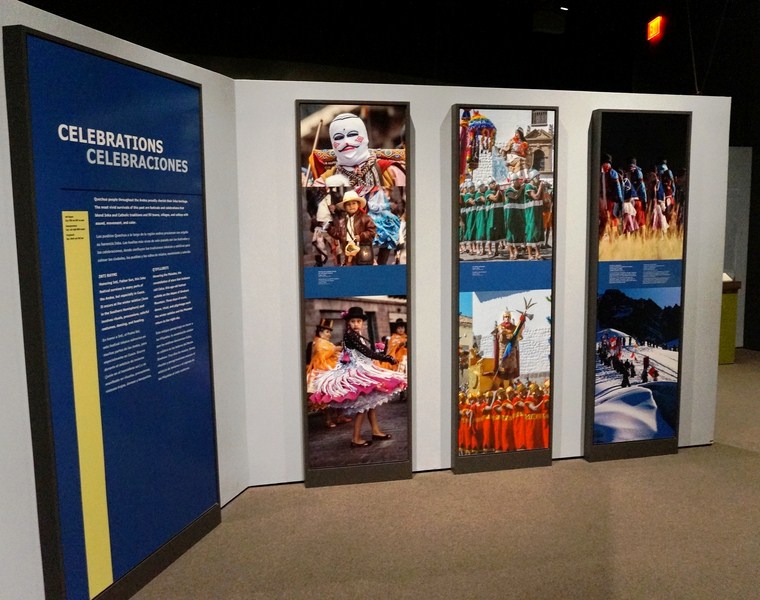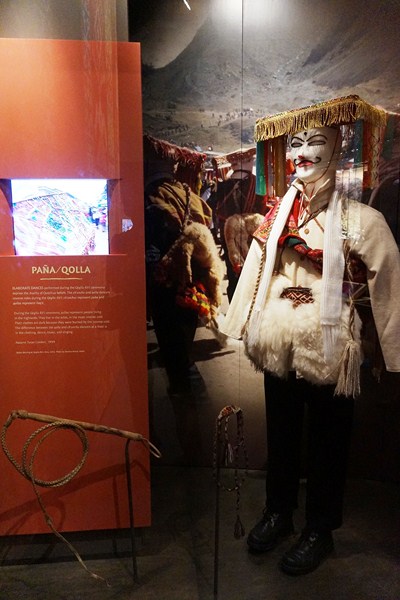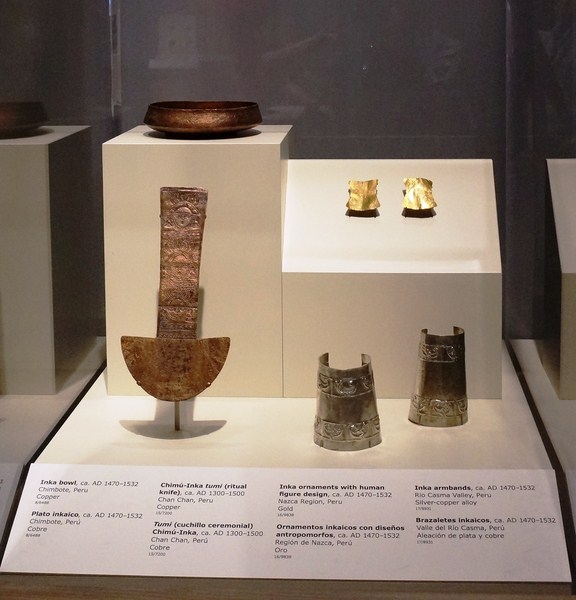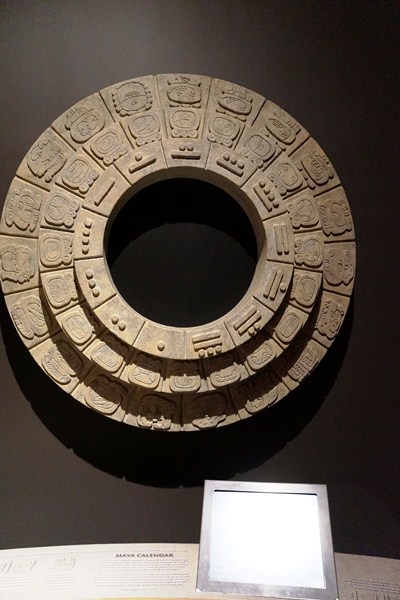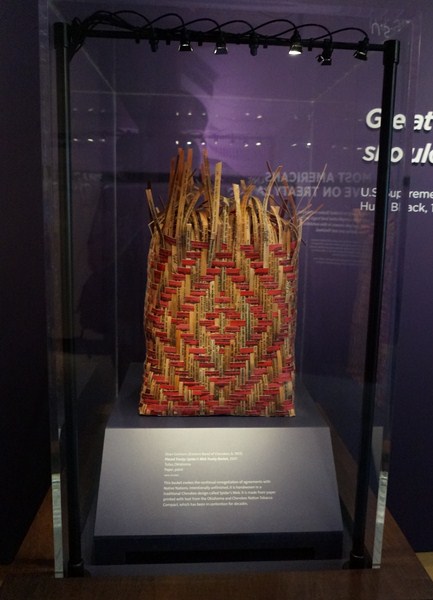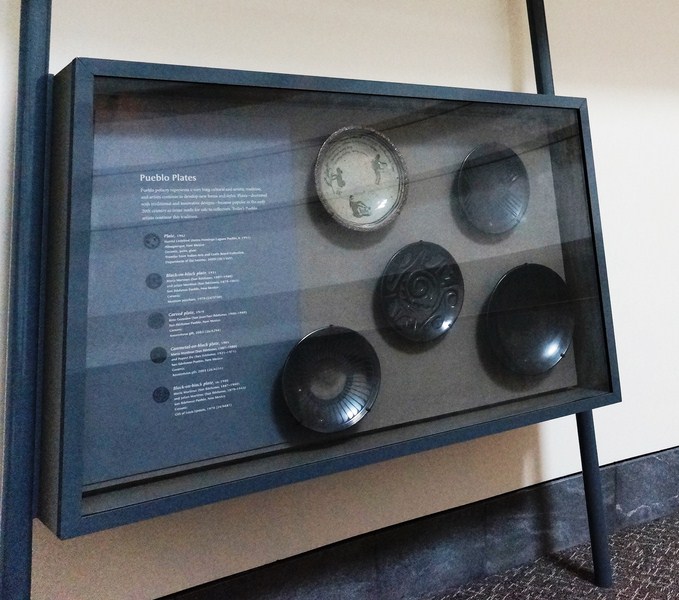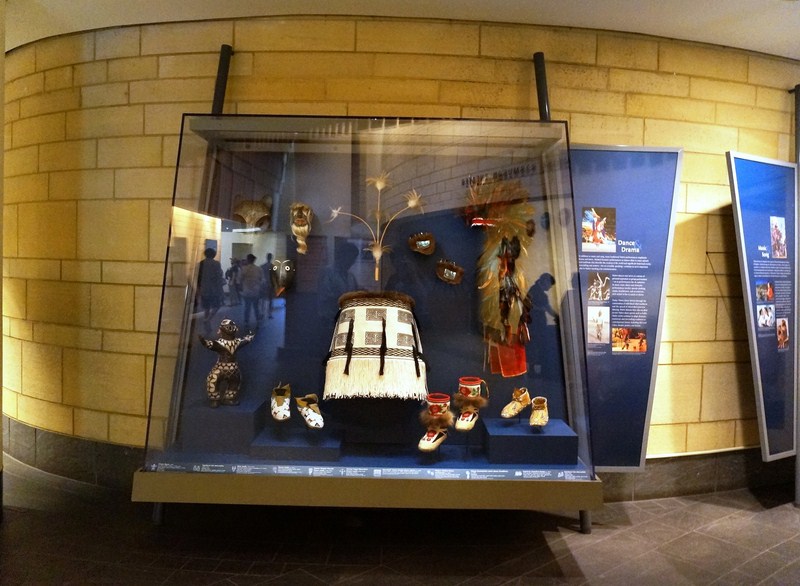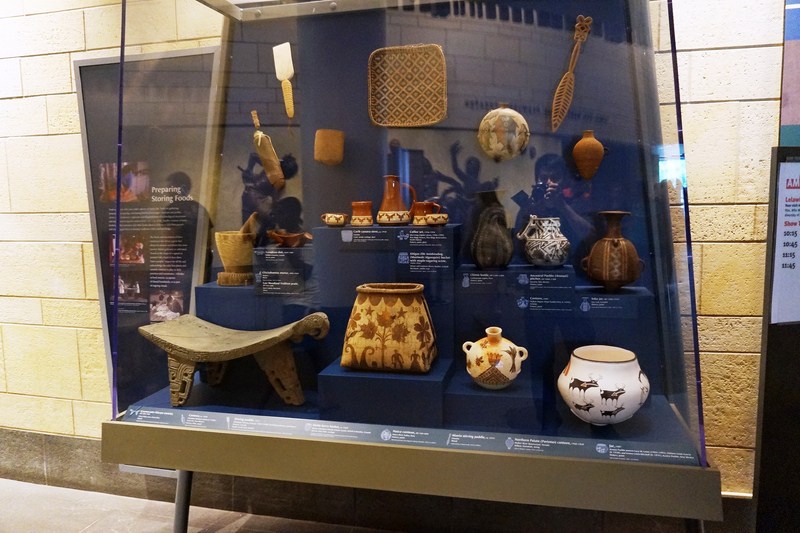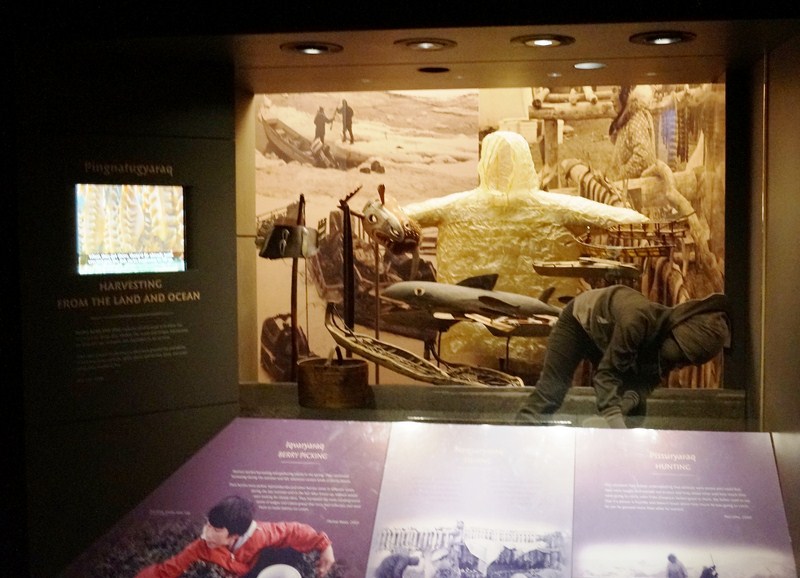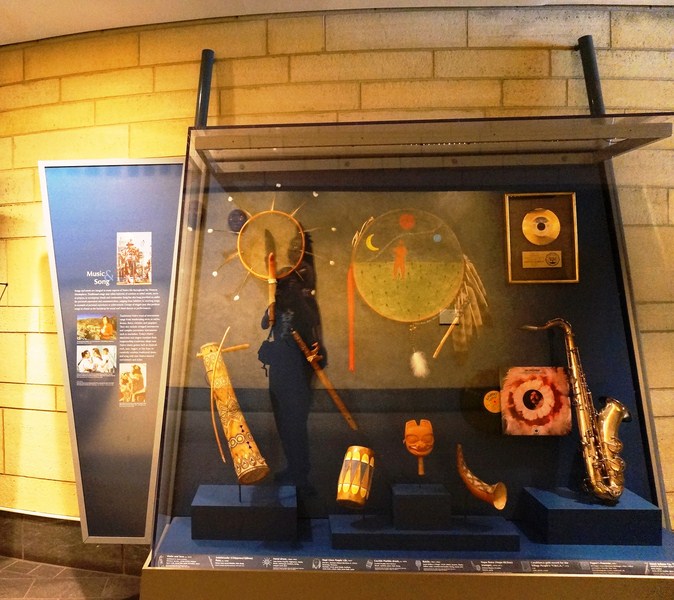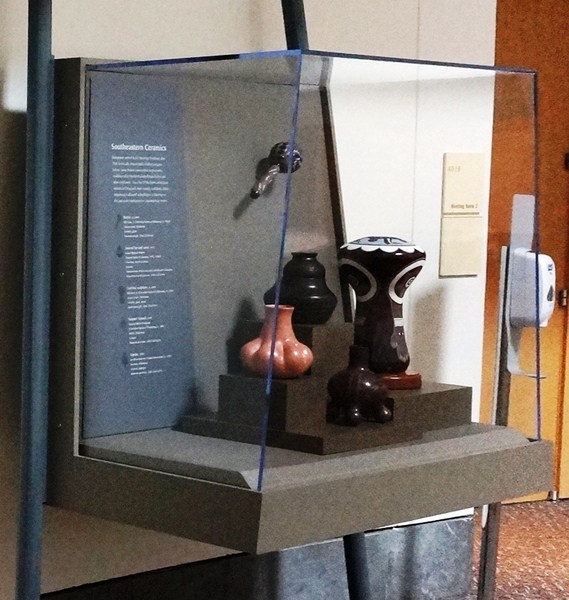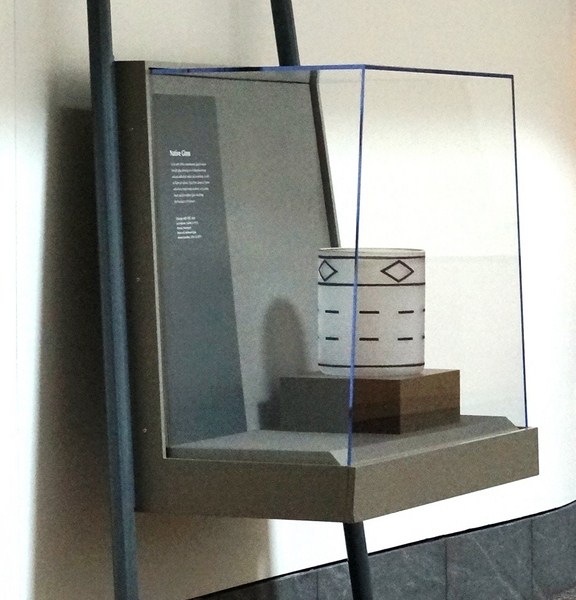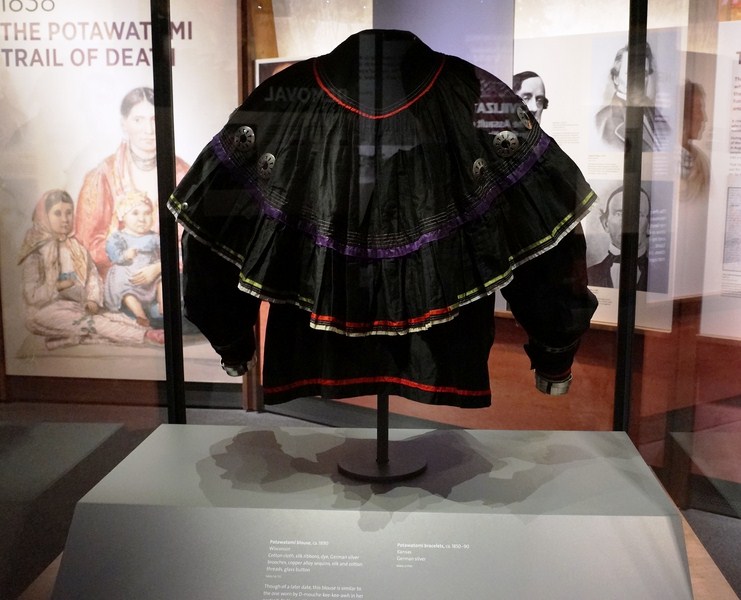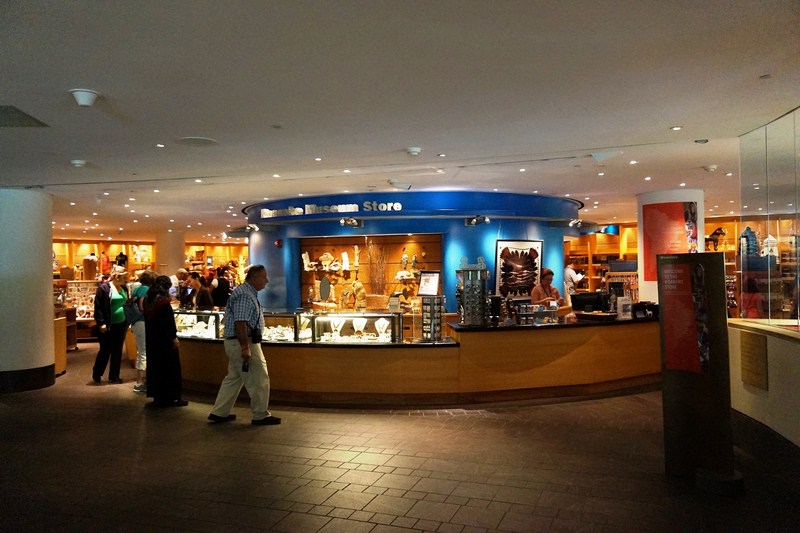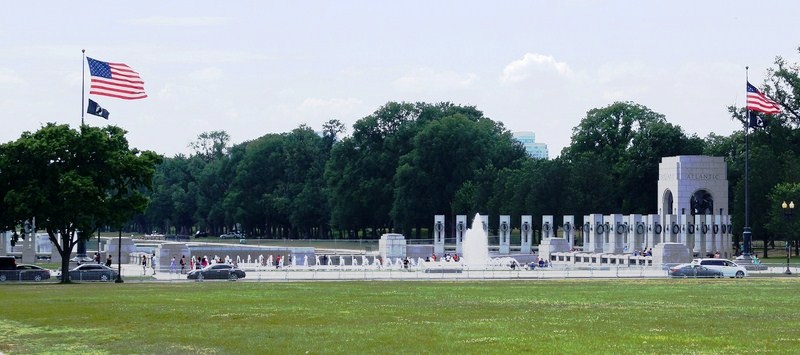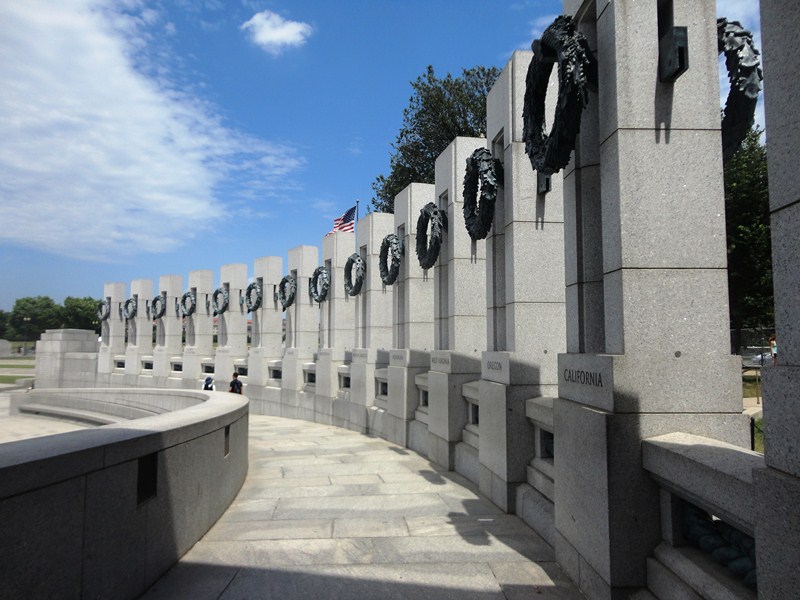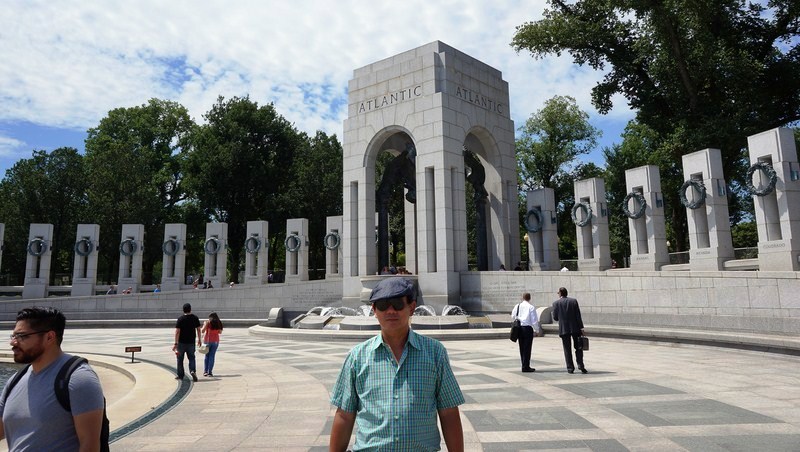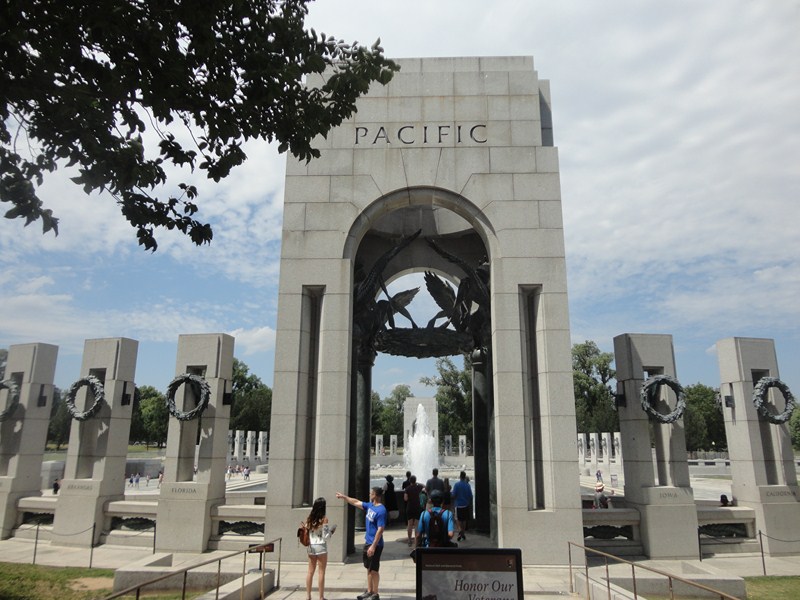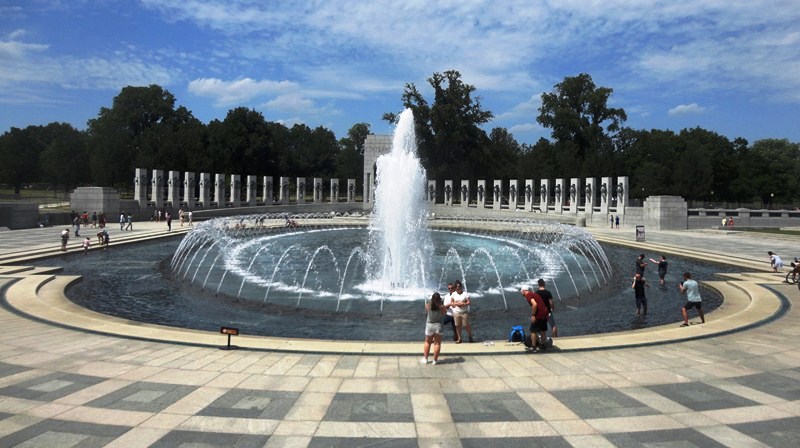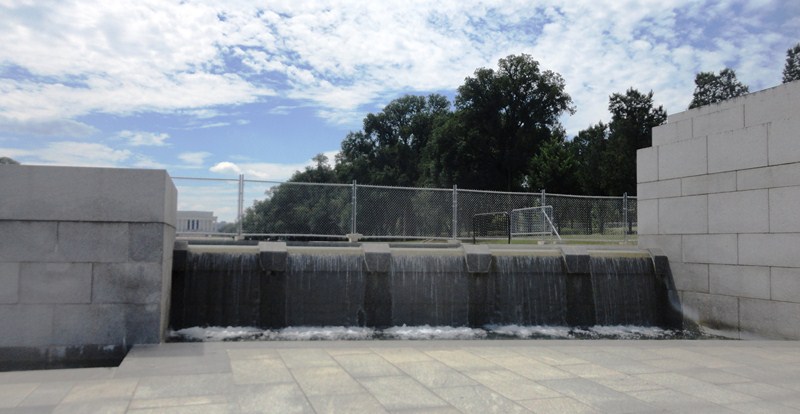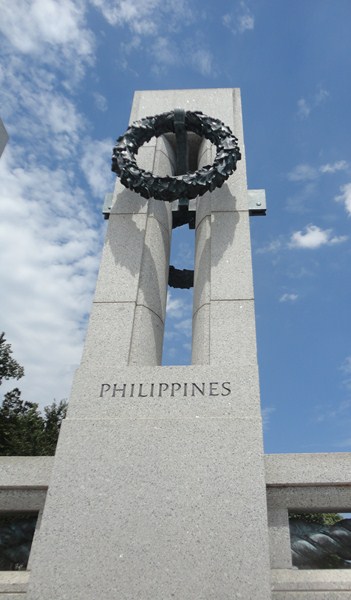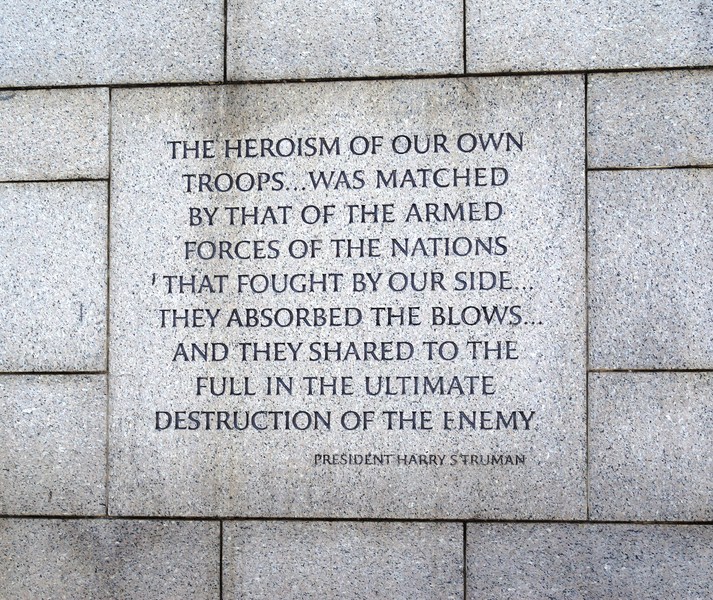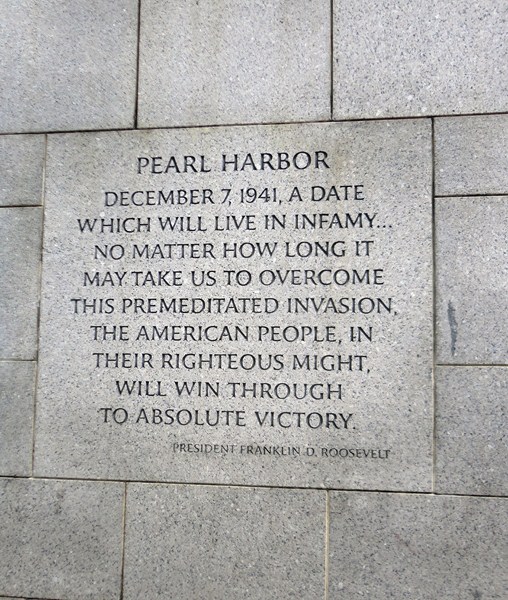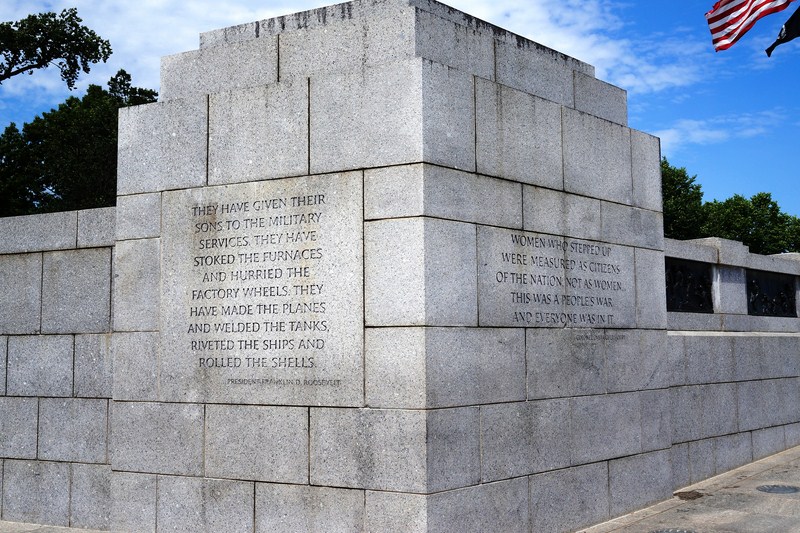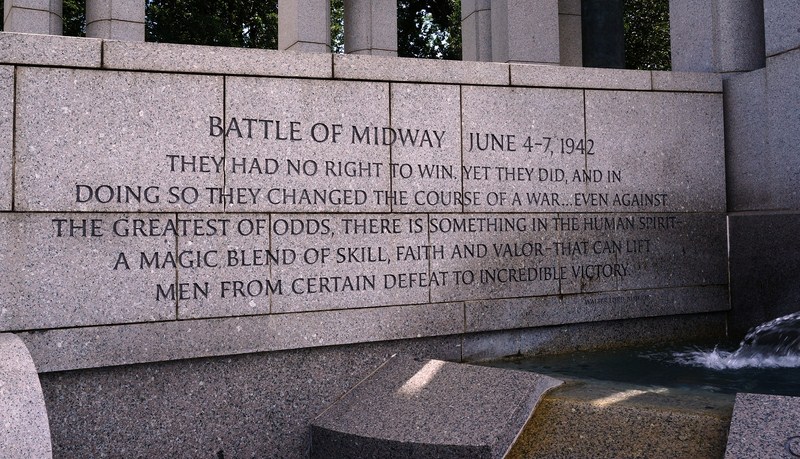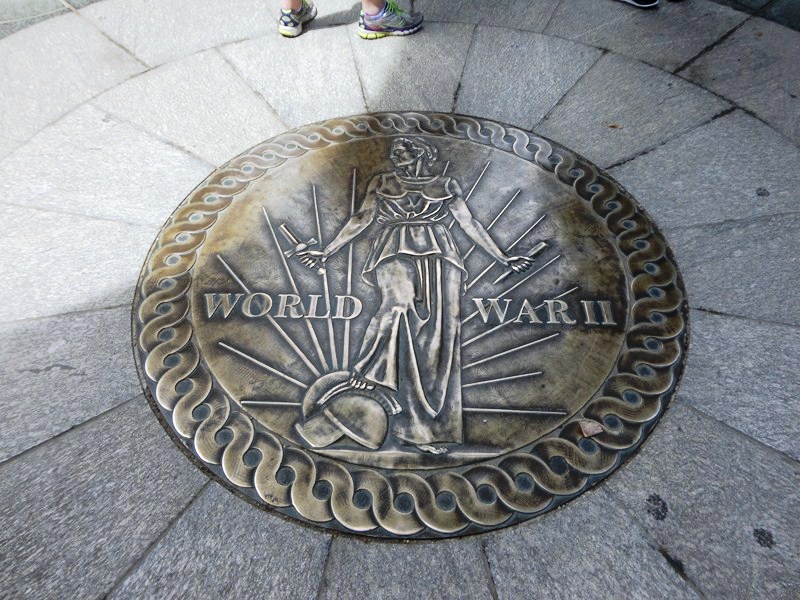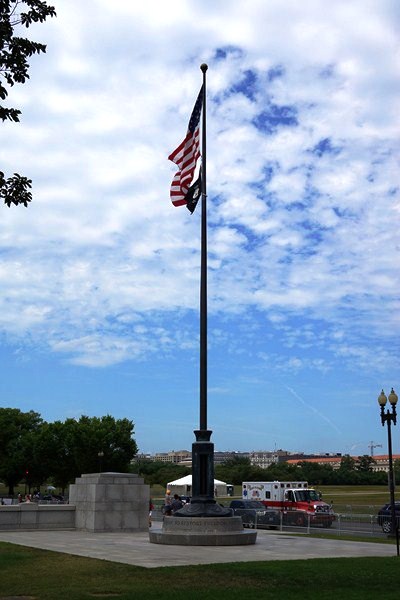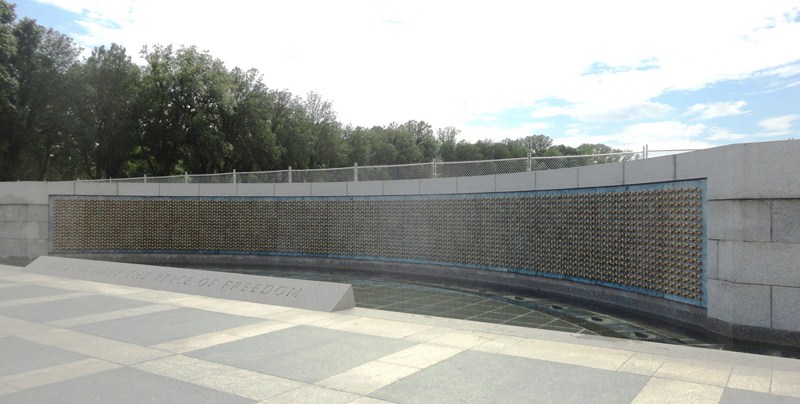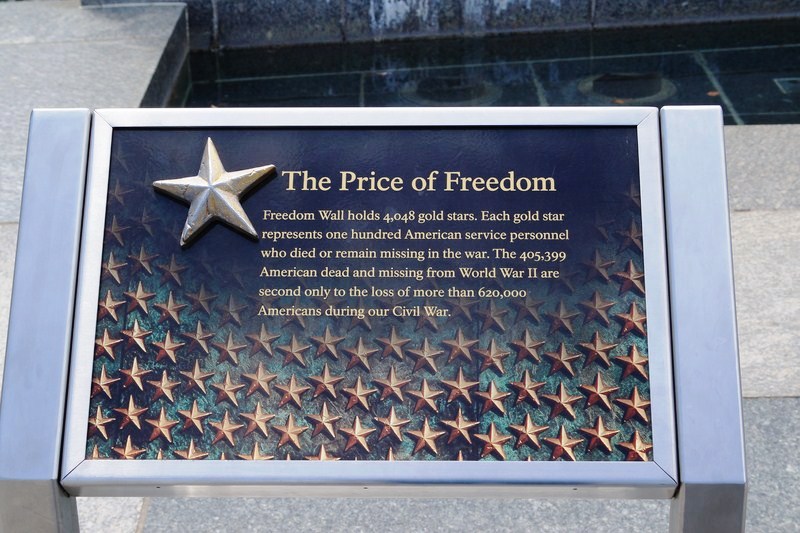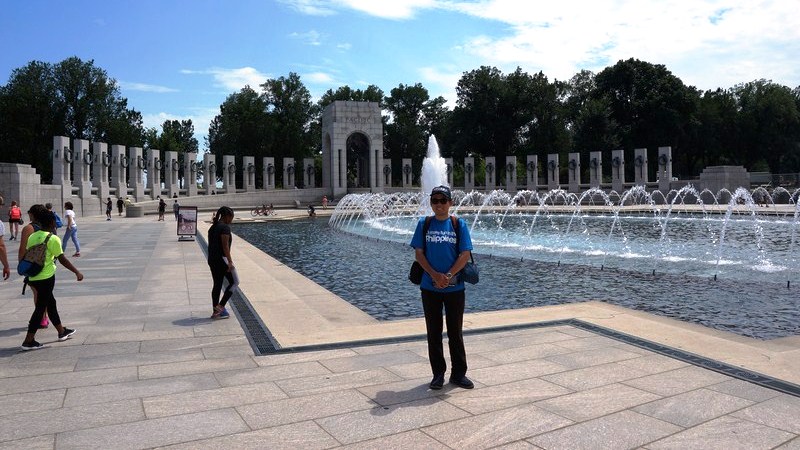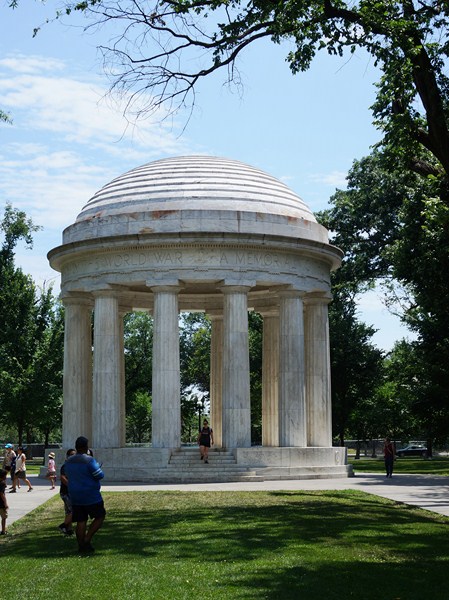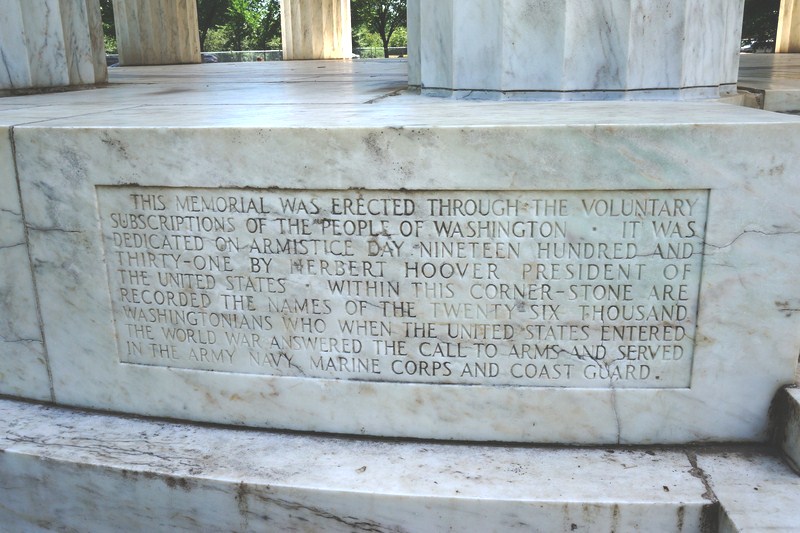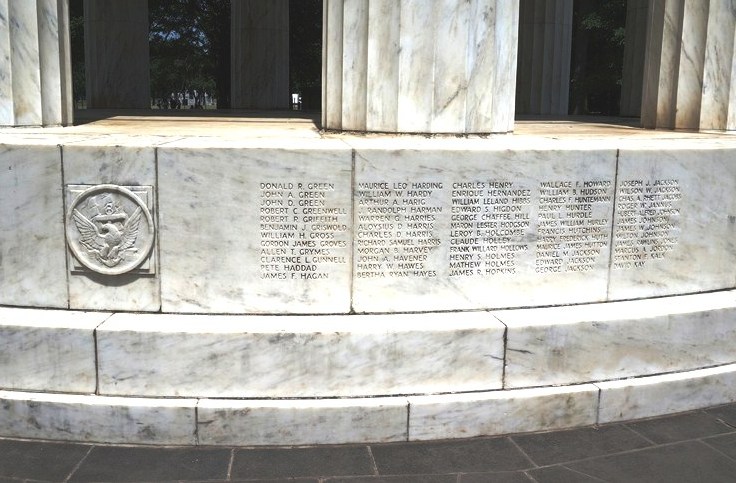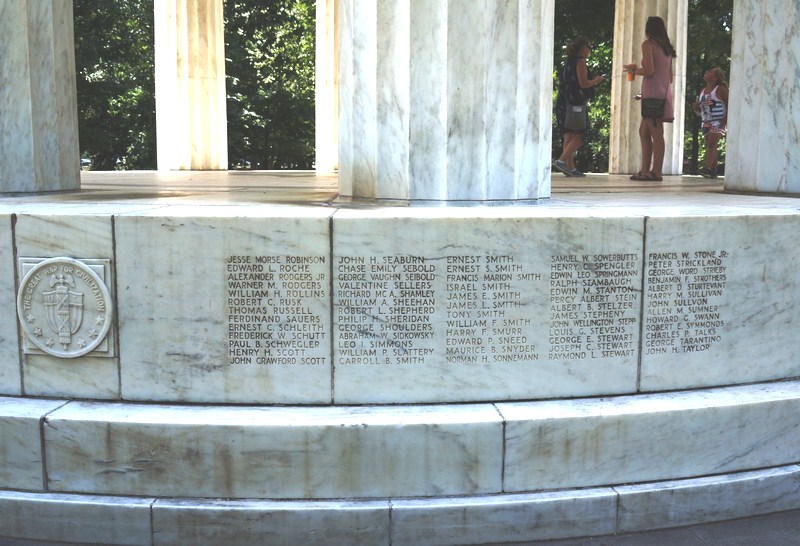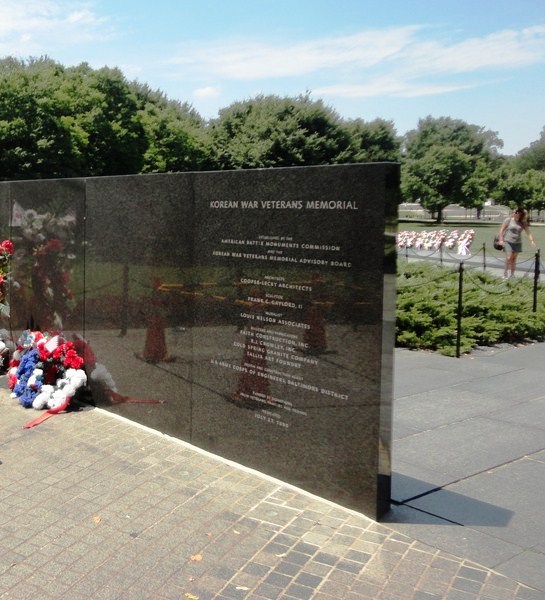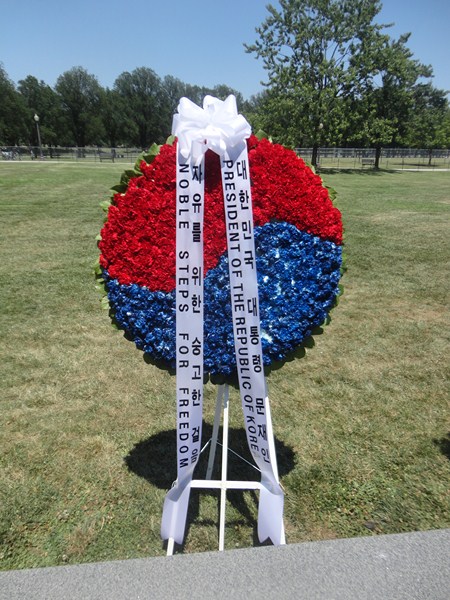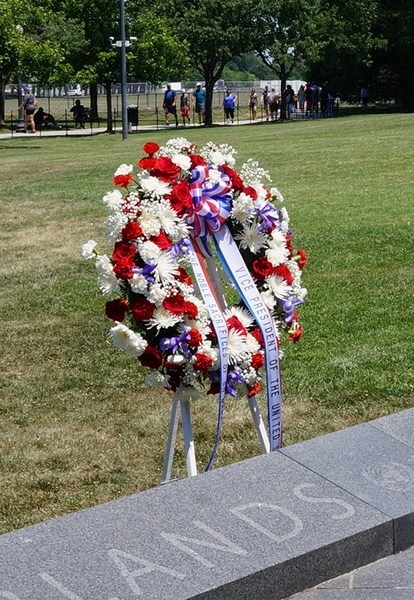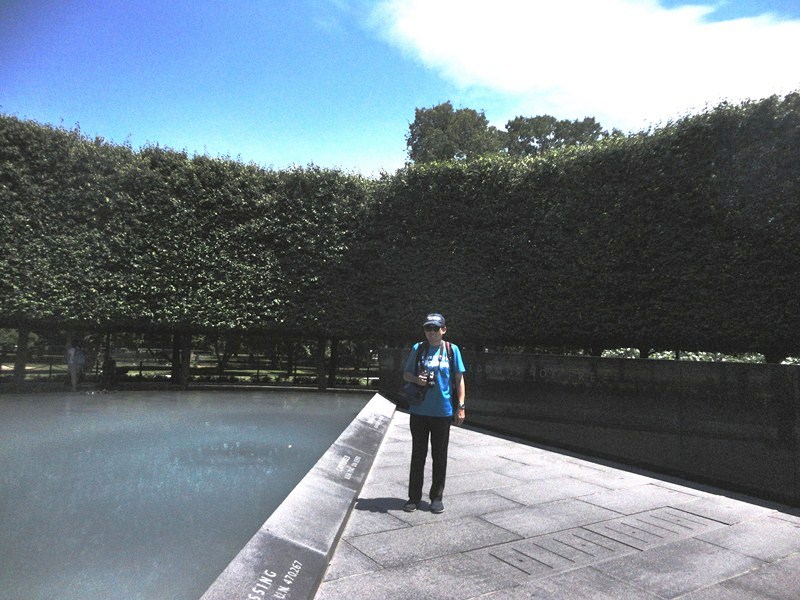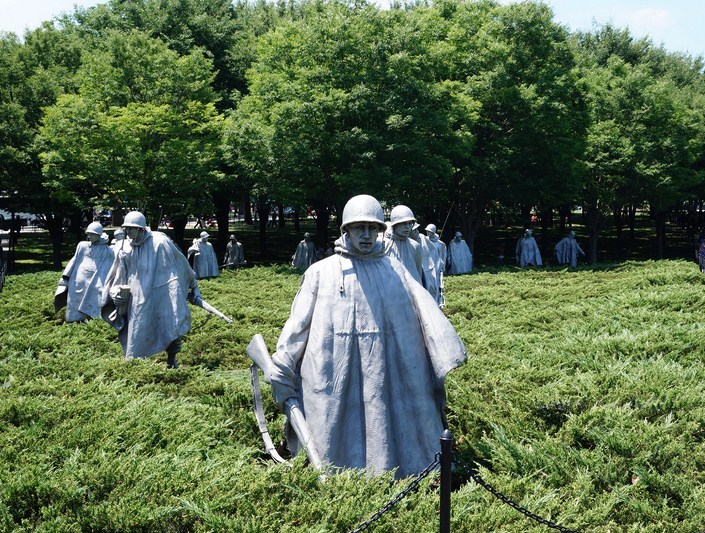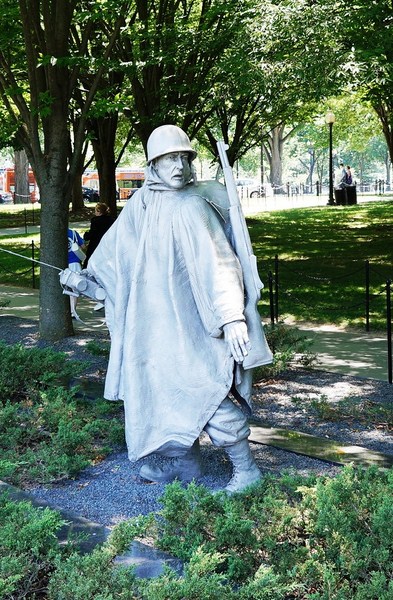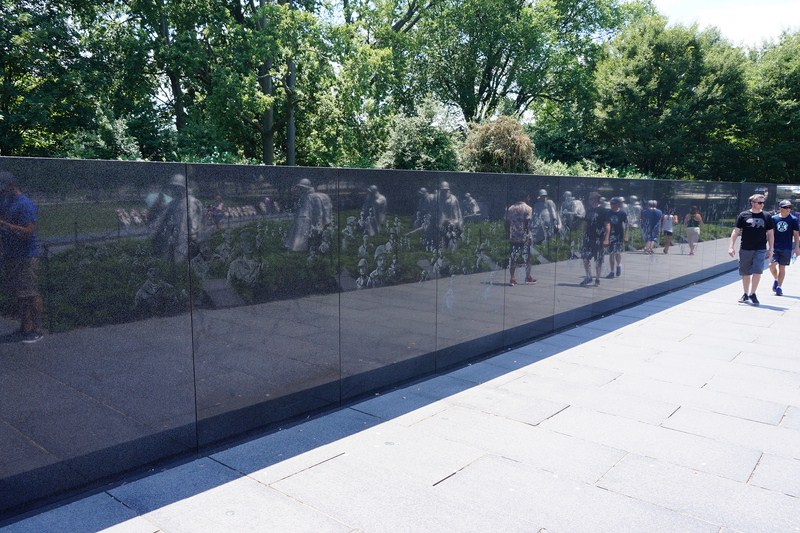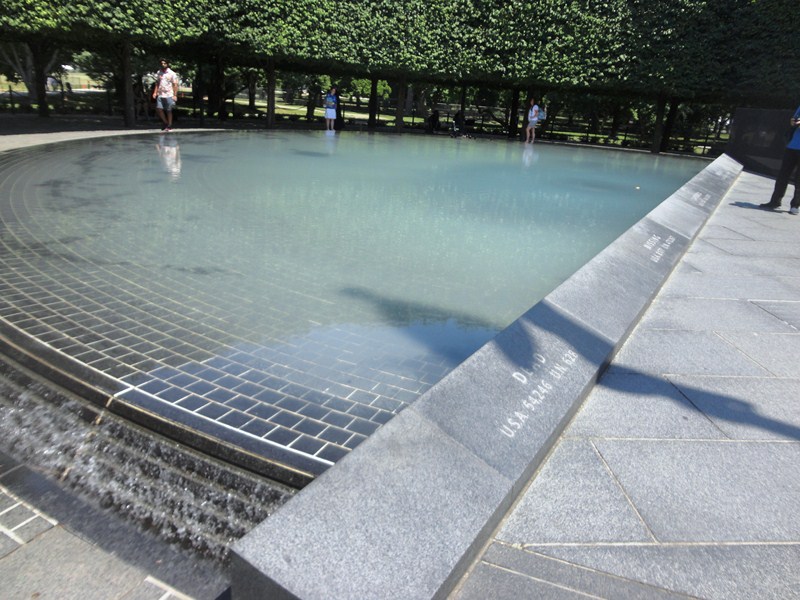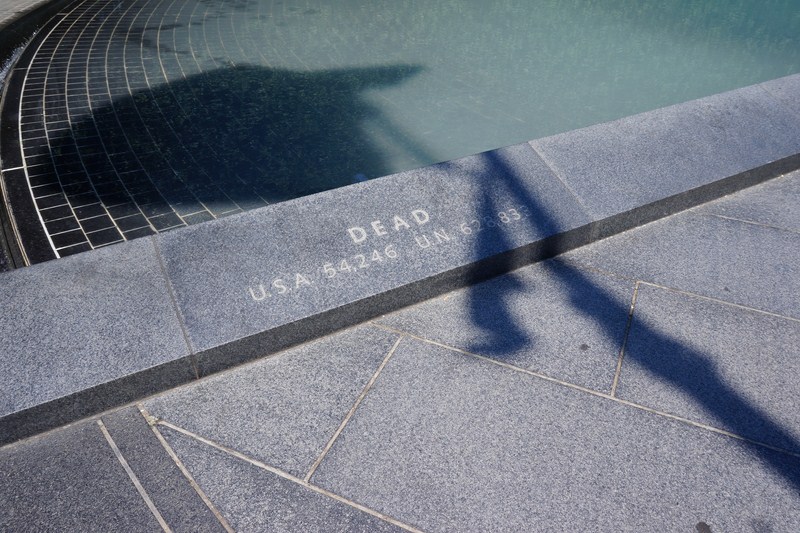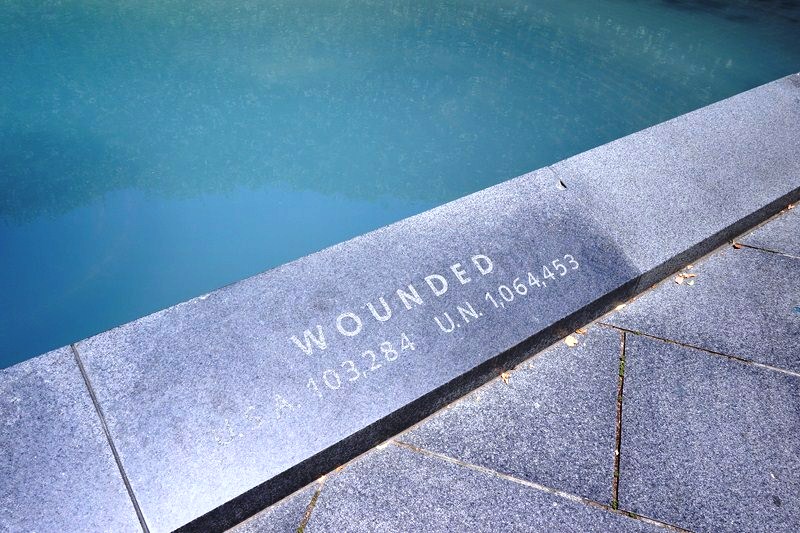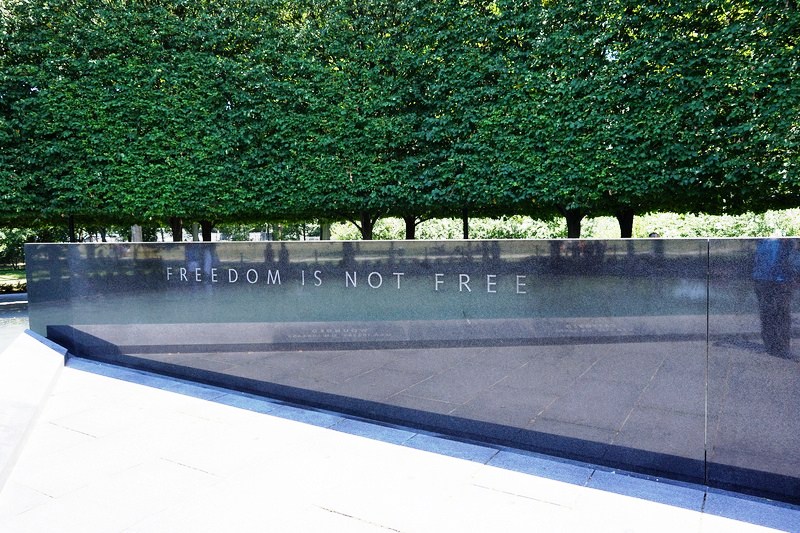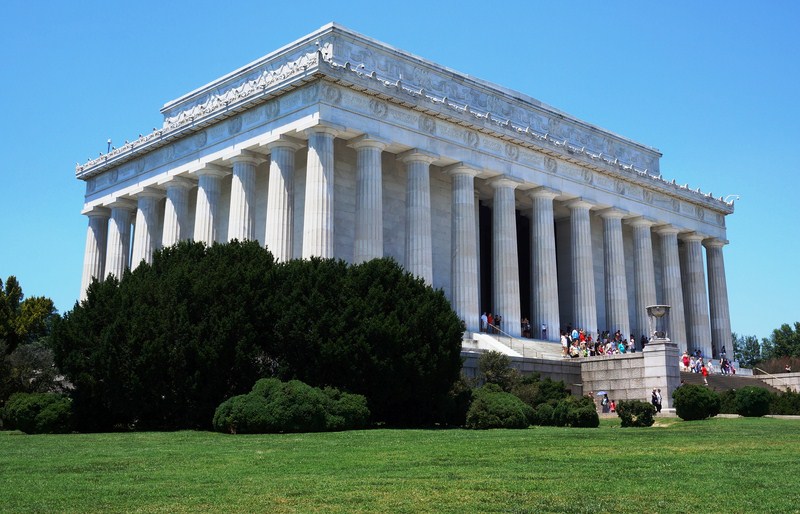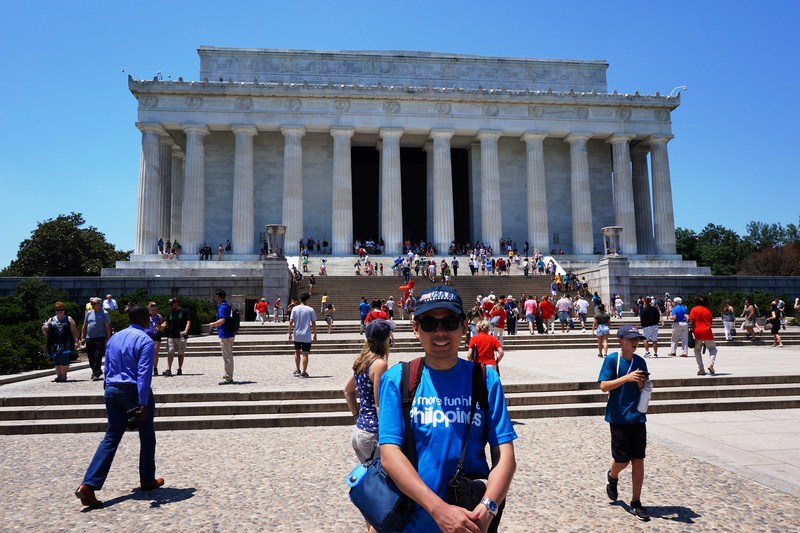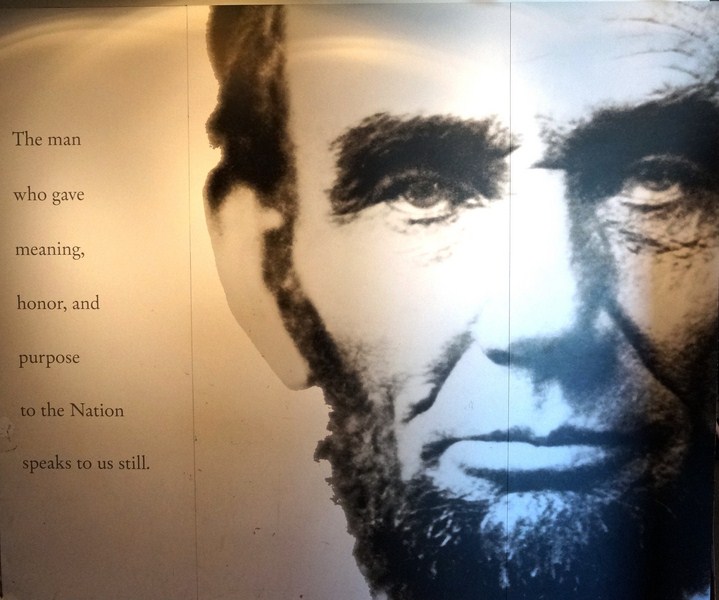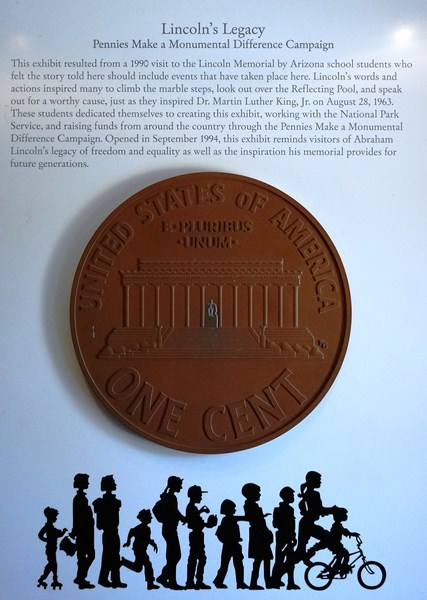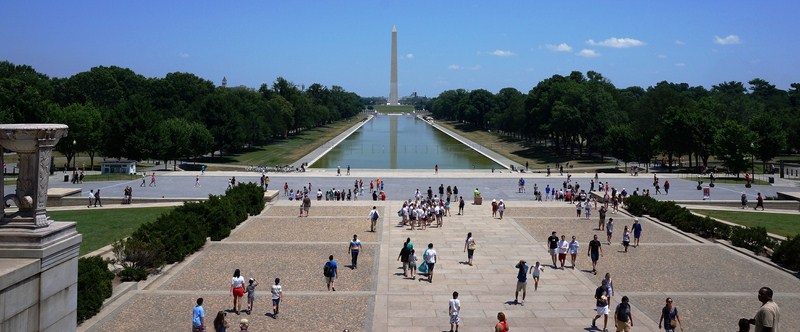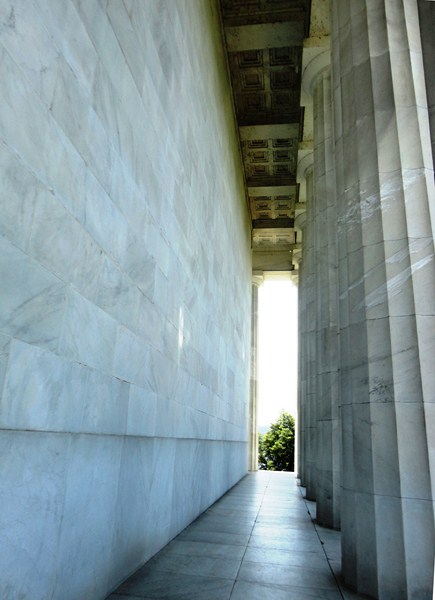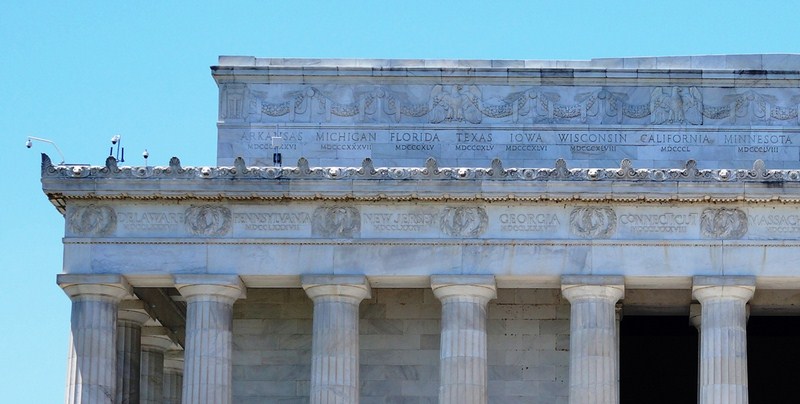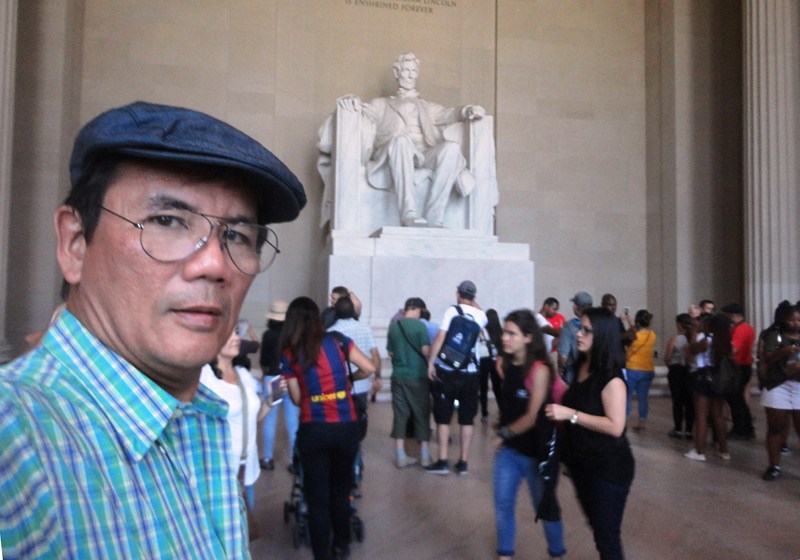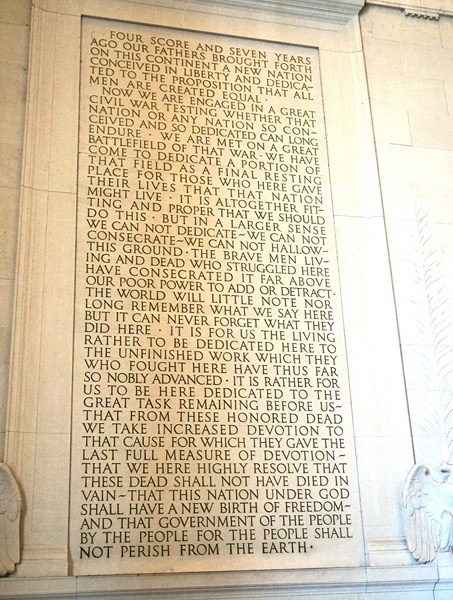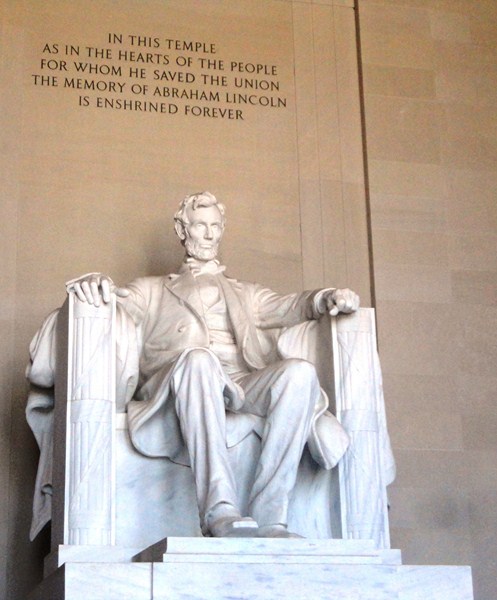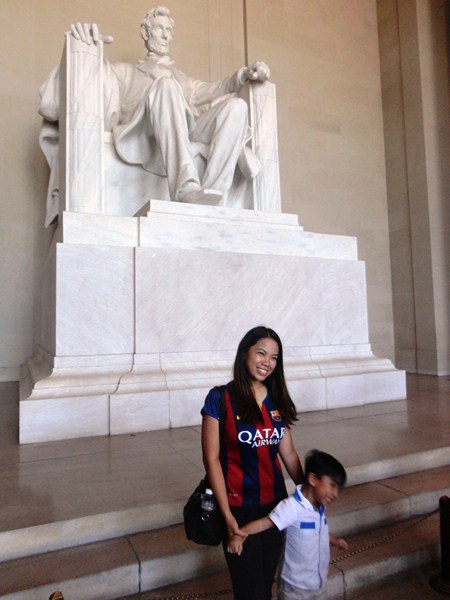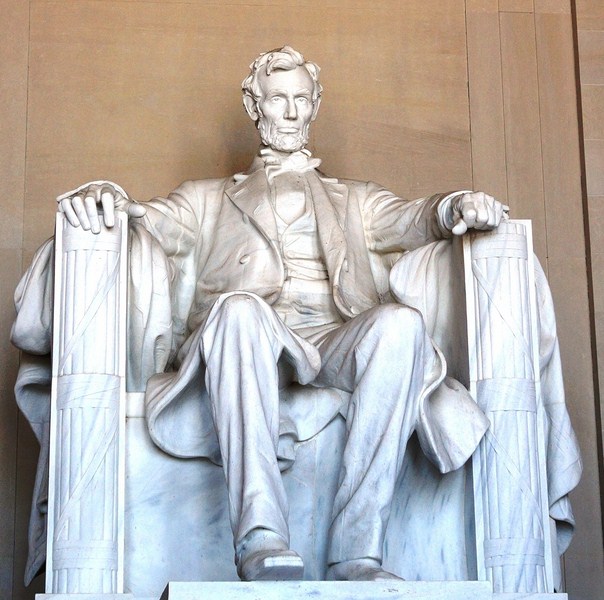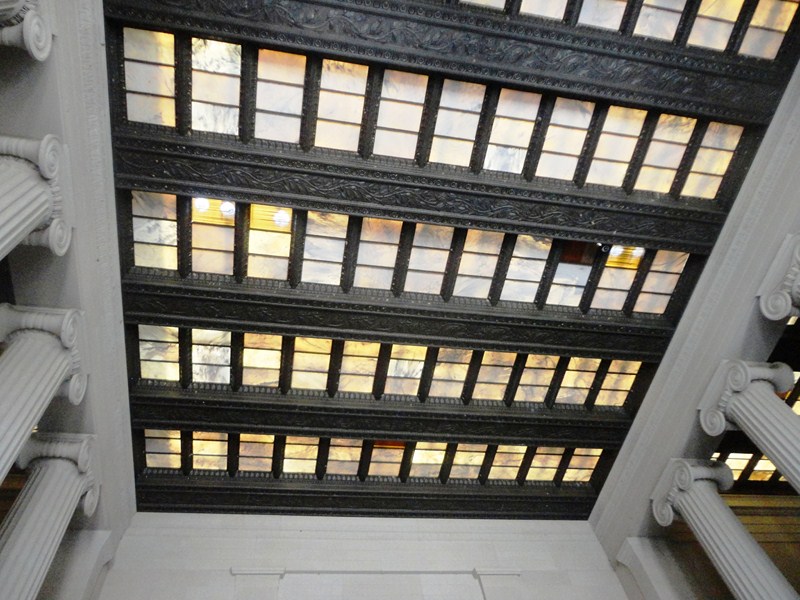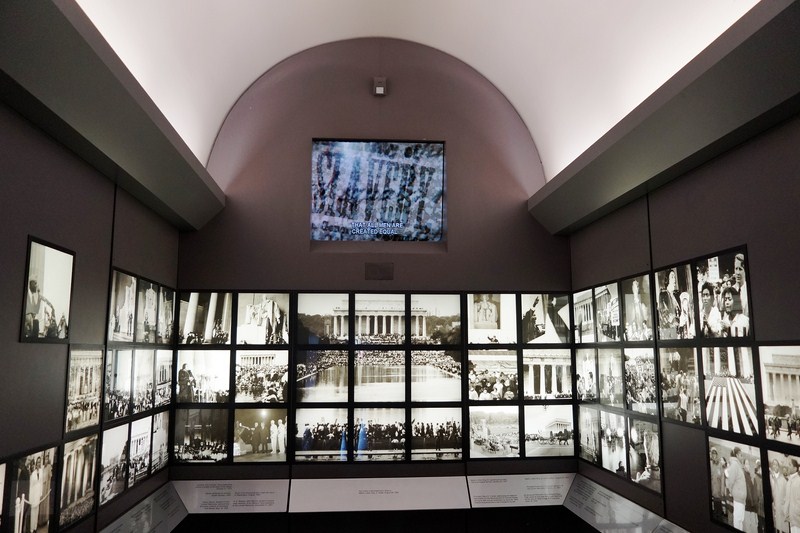The Late Victorian-style, 3-storey, 24 m. (78-ft.) high Ford’s Theater, restored by National Park Service architect Charles W. Lessig, is famous for being the site of the assassination of United States President Abraham Lincoln by actor and Southern sympathizer John Wilkes Booth on April 14, 1865. The site, originally a house of worship, was constructed in 1833 as the second meeting house of the First Baptist Church (with Obadiah Bruen Brown as the pastor) of Washington.
On December 10, 1861, after the congregation moved to a newly built structure, the former church was leased (and later bought) by Baltimore-based theatre entrepreneur John T. Ford (a family friend of the Booths) who, on February 28, 1862, renovated it into a theater, first calling it Ford’s Athenaeum.
Inaugurated on March 19, 1862, it was destroyed by fire on the evening of December 30, and was rebuilt and reopened as a 1,500-seat theater on August 27, 1863 as Ford’s New Theater. Lincoln first attended the theater on May 28, 1862 and, up until 1865, attended the theater eight more times, five times in 1863 (he even watched John Wilkes Booth in “The Marble Heart” on November 9) and three times in 1864.
On April 14, 1865,Good Friday, just five days after General Robert E. Lee‘s surrender at Appomattox Court House, the 56-year-old Abraham Lincoln and his wife Mary attended a performance of Our American Cousin at Ford’s Theater. The famous actor John Wilkes Booth, desperate to aid the dying Confederacy, made his way into the presidential box and shot Lincoln with a Derringer pistol. Booth then jumped down to the stage, and escaped through a rear door. This event was witnessed by many, including 5-year-old Samuel J. Seymour who lived to 1956, becoming the last witness to the Lincoln assassination.
After Lincoln was shot, doctors had soldiers carry him into the street in search of a house in which he would be more comfortable. A man on the steps of Petersen House, the house of tailor William Petersen, beckoned to them. They took Lincoln into the first-floor bedroom and laid him on the bed (diagonally because of his unusual 6’-4” height). Throughout the night, many people came to visit him before he died the following morning at 7:22 AM.
Following the Lincoln assassination, the United States Government appropriated the theater, (the US Congress paid Ford US$88,000 in compensation) and an order was issued forever prohibiting its use as a place of public amusement. Between 1866 and 1887, the theater was taken over by the U.S. military, serving as a facility for the War Department.
Records were kept on the first floor, the Library of the Surgeon General’s Office on the second floor, and the Army Medical Museum on the third. In 1887, when the medical departments moved out, the building exclusively became a clerk’s office for the War Department.
Later, the theater was used as a warehouse and office building and, on June 9, 1893, a 40-ft. section of the front part of the building collapsed, killing 22 clerks and injuring another 68, leading some people to believe that the former church turned theater and storeroom was cursed. After repairs, the building was used as a government warehouse until 1911.
Until 1918, it languished unused but, in 1928, the building was turned over, from the War Department Office, to the Office of Public Buildings and Parks of the National Capital. In 1932, Ford’s Theater and the Petersen House (purchased by the U.S. government in 1896) were designated as a National Historic Site and, on February 12, 1932 (Lincoln’s 123rd birthday), a Lincoln museum opened on the first floor of the theater building.
In 1964, restoration of Ford’s Theater was begun and, on January 21, 1968, the restored theater was dedicated by Vice President Hubert Humphrey and 500 others. On January 30, 1968, the theater reopened with a gala performance but the presidential box was never occupied.
It was renovated again during the 2000s, opening on February 11, 2009, in commemoration of the bicentennial of Lincoln’s birth. Today, this 0.12-hectare (0.9-acre) theater has a current seating capacity of 661. On February 12, 2012, a related Center for Education and Leadership (next to Petersen House) opened its museum experience. On October 15, 2013, the theater was added to the National Register of Historic Places (NRHP reference no. 66000034).
The Ford’s Theatre National Historic Site is administered by the National Park Service (administration transferred here in 1933). However, the programming within the theater and the Center for Education and Leadership is overseen separately by the Ford’s Theatre Society.
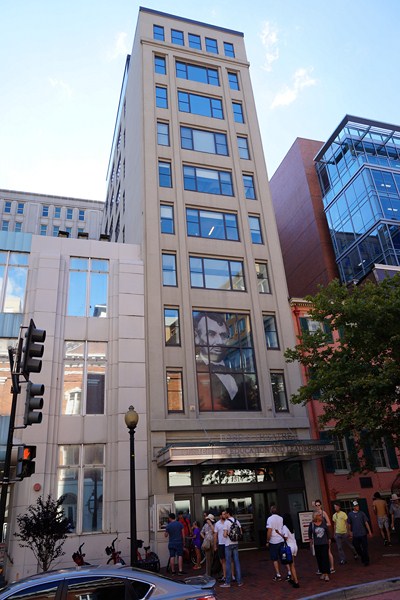
Center for Education and Leadership. On the building’s right is the Petersen House where Lincoln was brought after his assassination
The Ford’s Theater Museum, located beneath the theater, is run through a partnership with the National Park Service and the private non-profit Ford’s Theater Society. Containing portions of the Olroyd Collection of Lincolniana, its collection includes multiple items related to the assassination, including the Derringer pistol used to carry out the shooting, Booth’s diary and the original door to Lincoln’s theater box.
Also on display are a number of Lincoln’s family items such as his coat (without the blood-stained pieces), some statues of Lincoln, several large portraits of the President plus the blood-stained pillow from the president’s deathbed.
In addition to covering the assassination conspiracy, the museum also focuses on Lincoln’s arrival in Washington, his presidential cabinet, family life in the White House and his role as orator and emancipator. The museum also features exhibits about American Civil War milestones, the generals and about the building’s history as a theatrical venue.
The Petersen House (the “House Where Lincoln Died”), the federal government’s first purchase of a historic home, has been operated as a historic house museum since 1933. The rooms are furnished as on the night Lincoln died.
Ford’s Theater: 511 10th St., NW Washington, D.C. 20004. Tel: +1 202-347-4833. E-mail: boxoffice@fords.org. Website: www.fords.org. Coordinates: 38°53′48″N 77°1′33″W.

